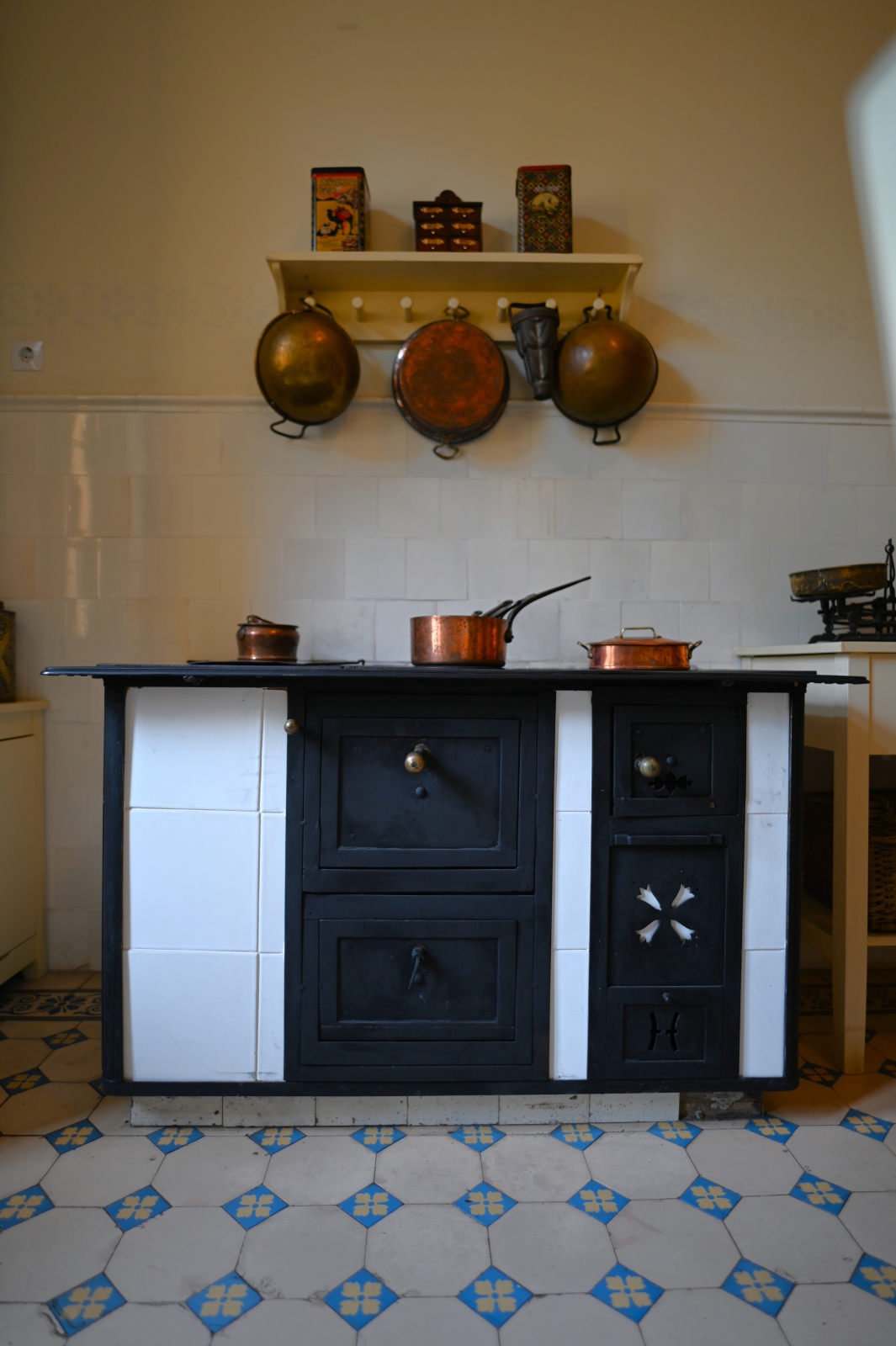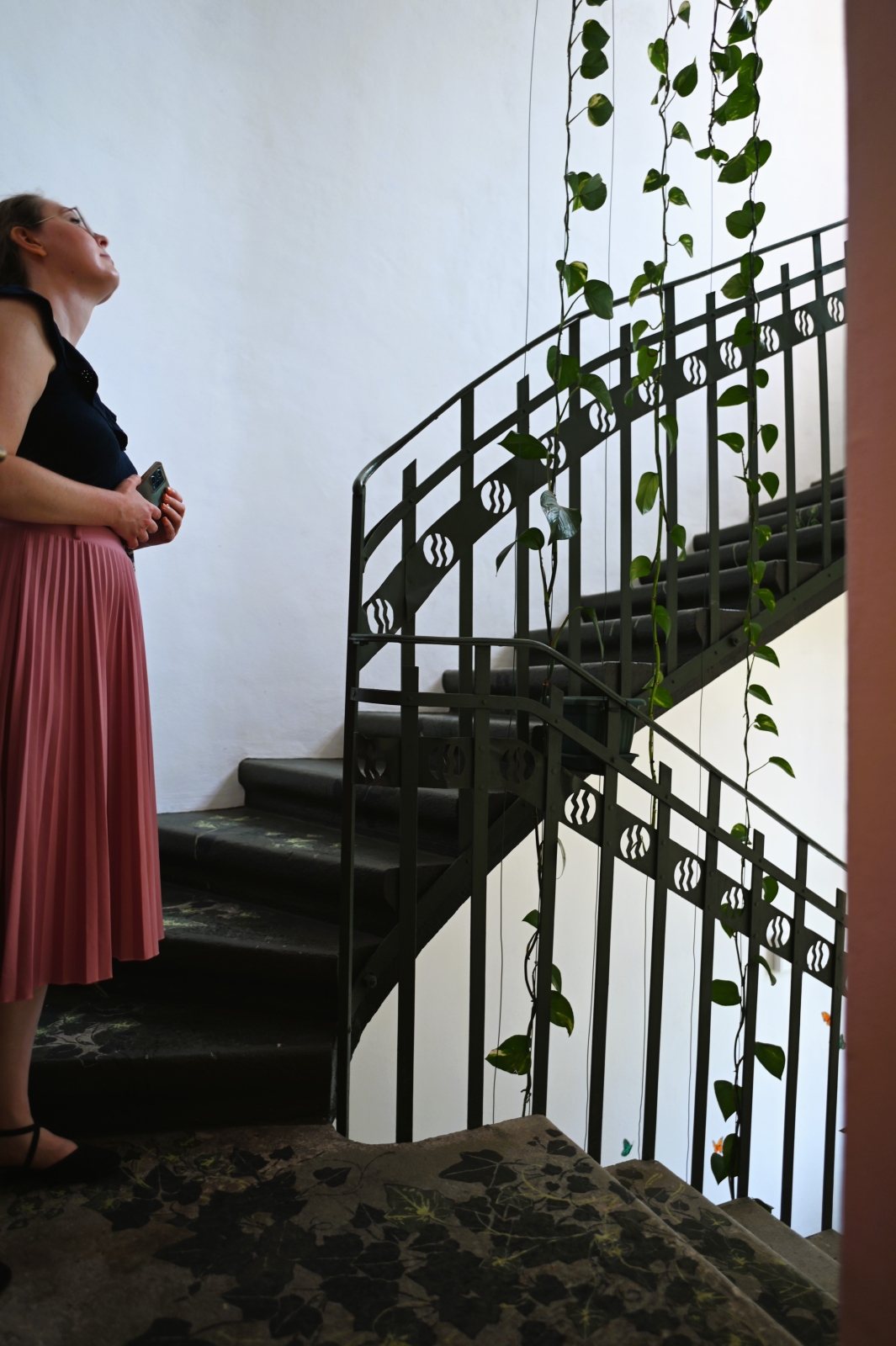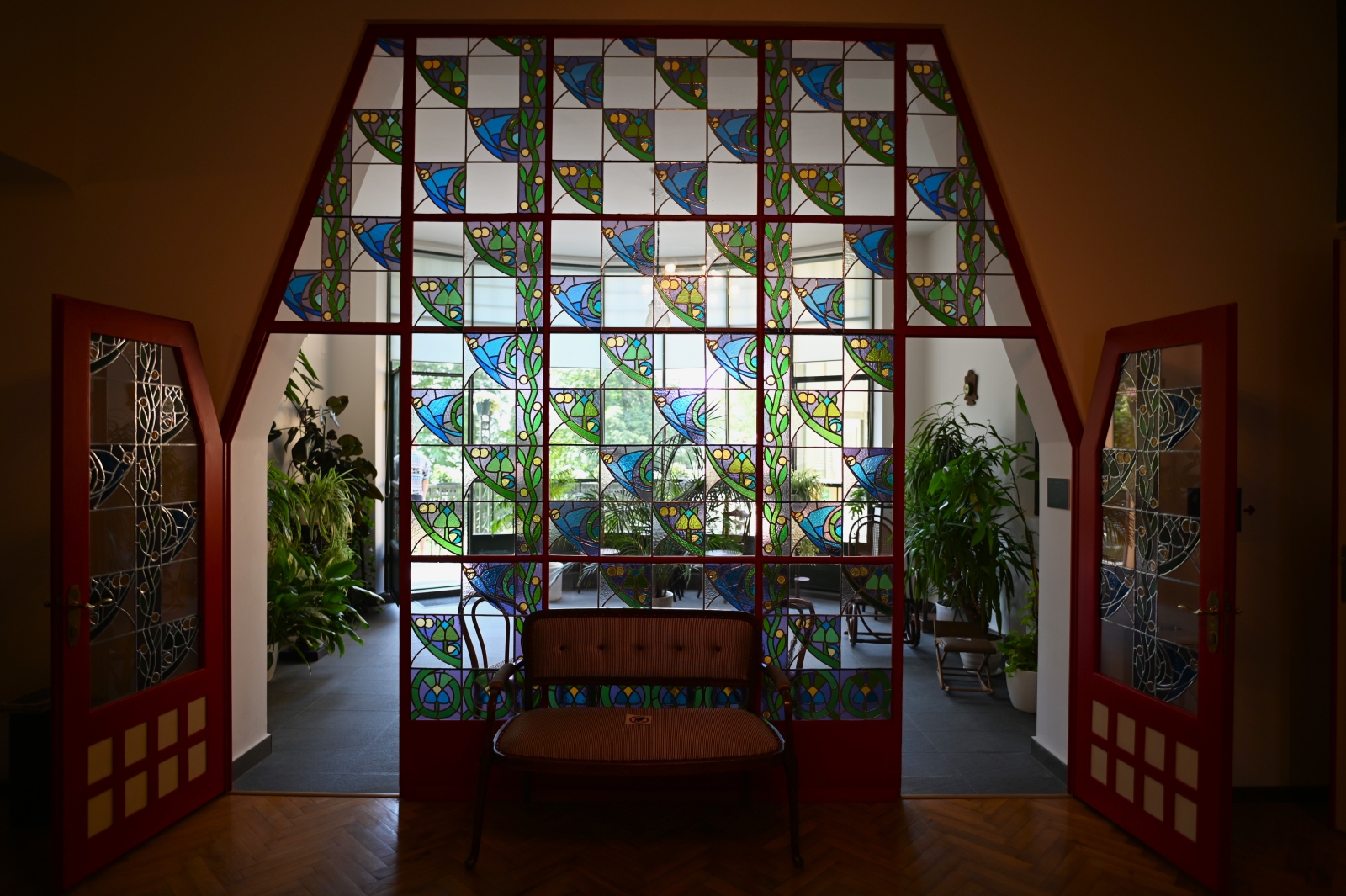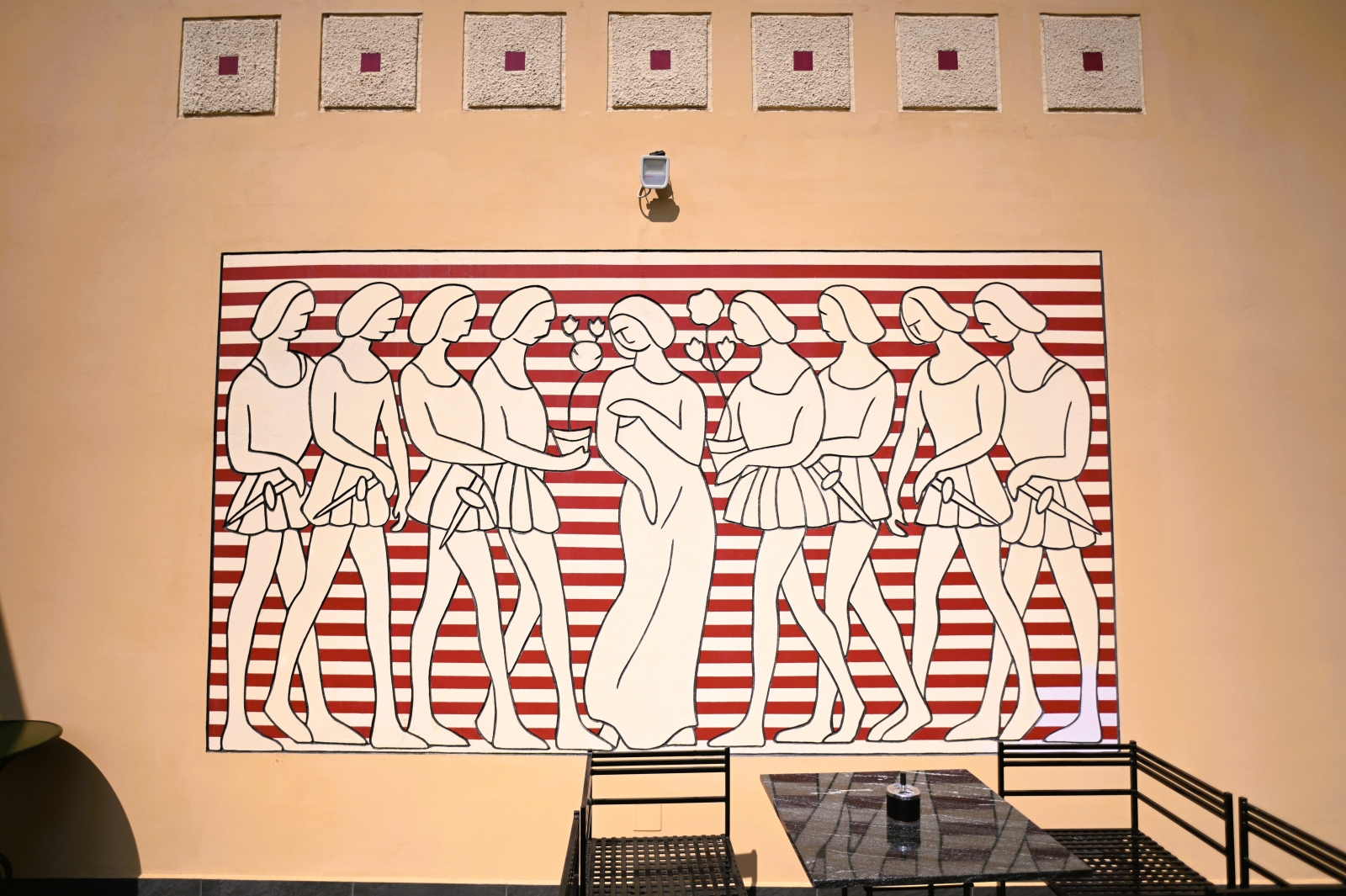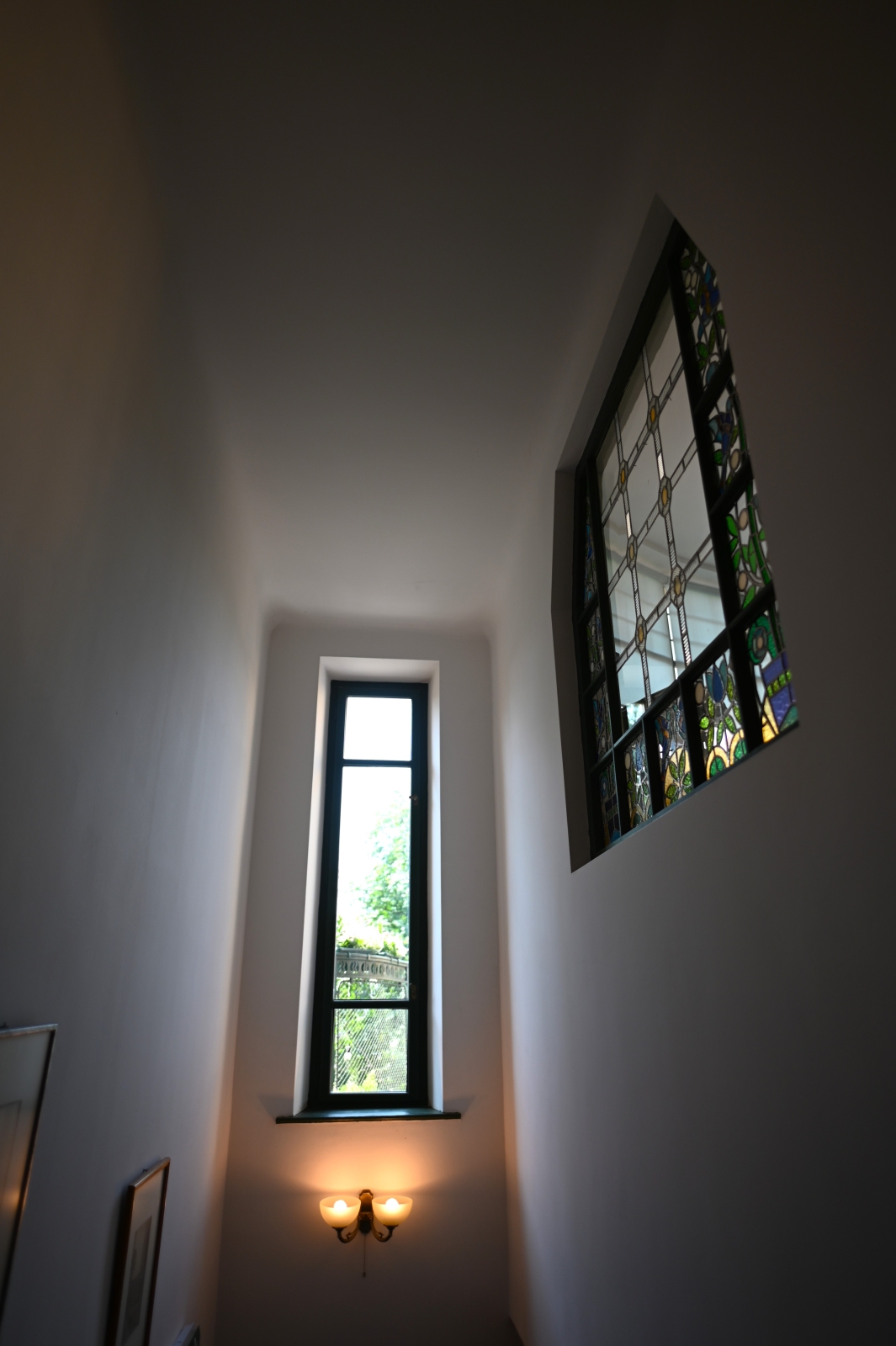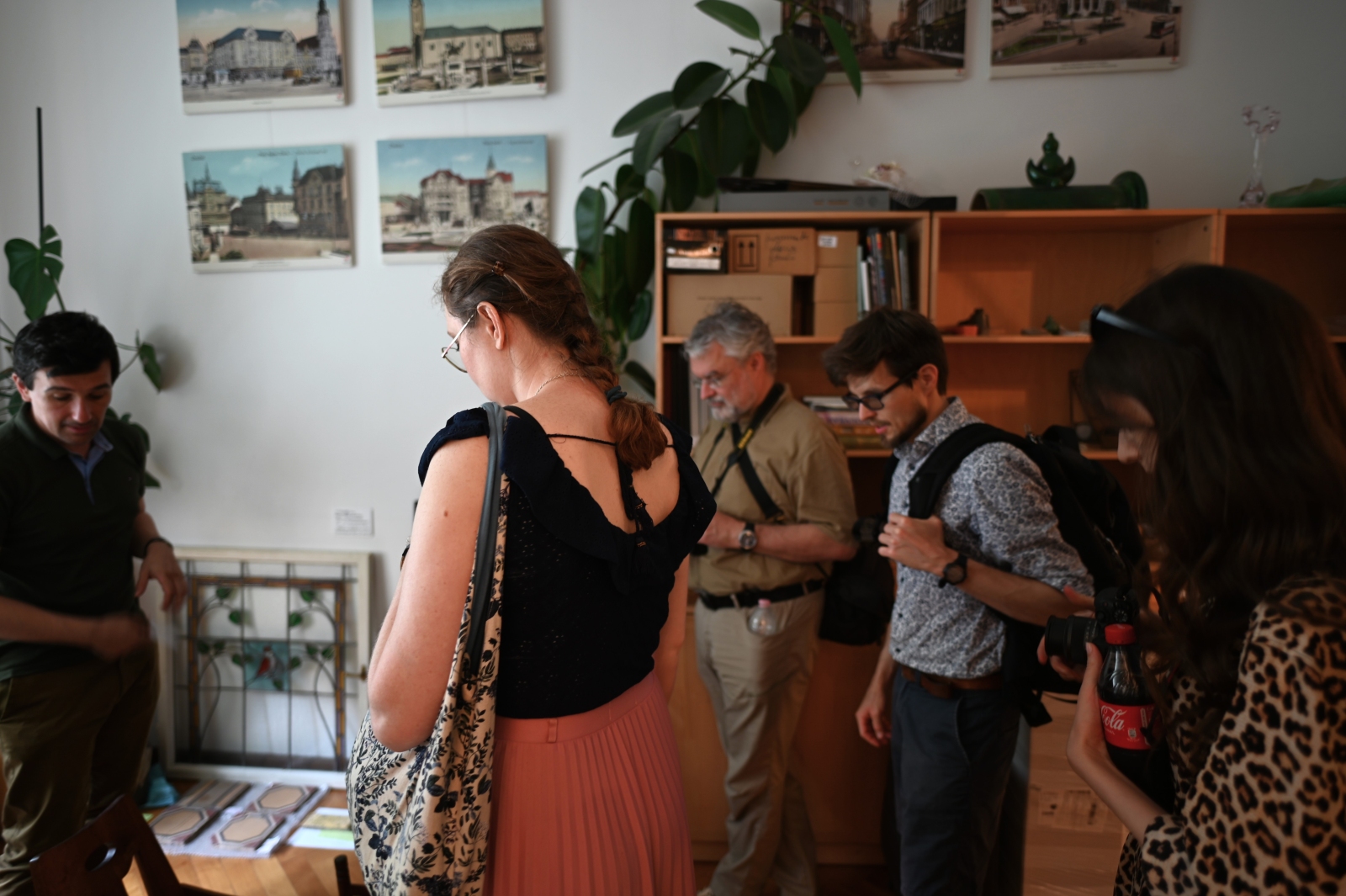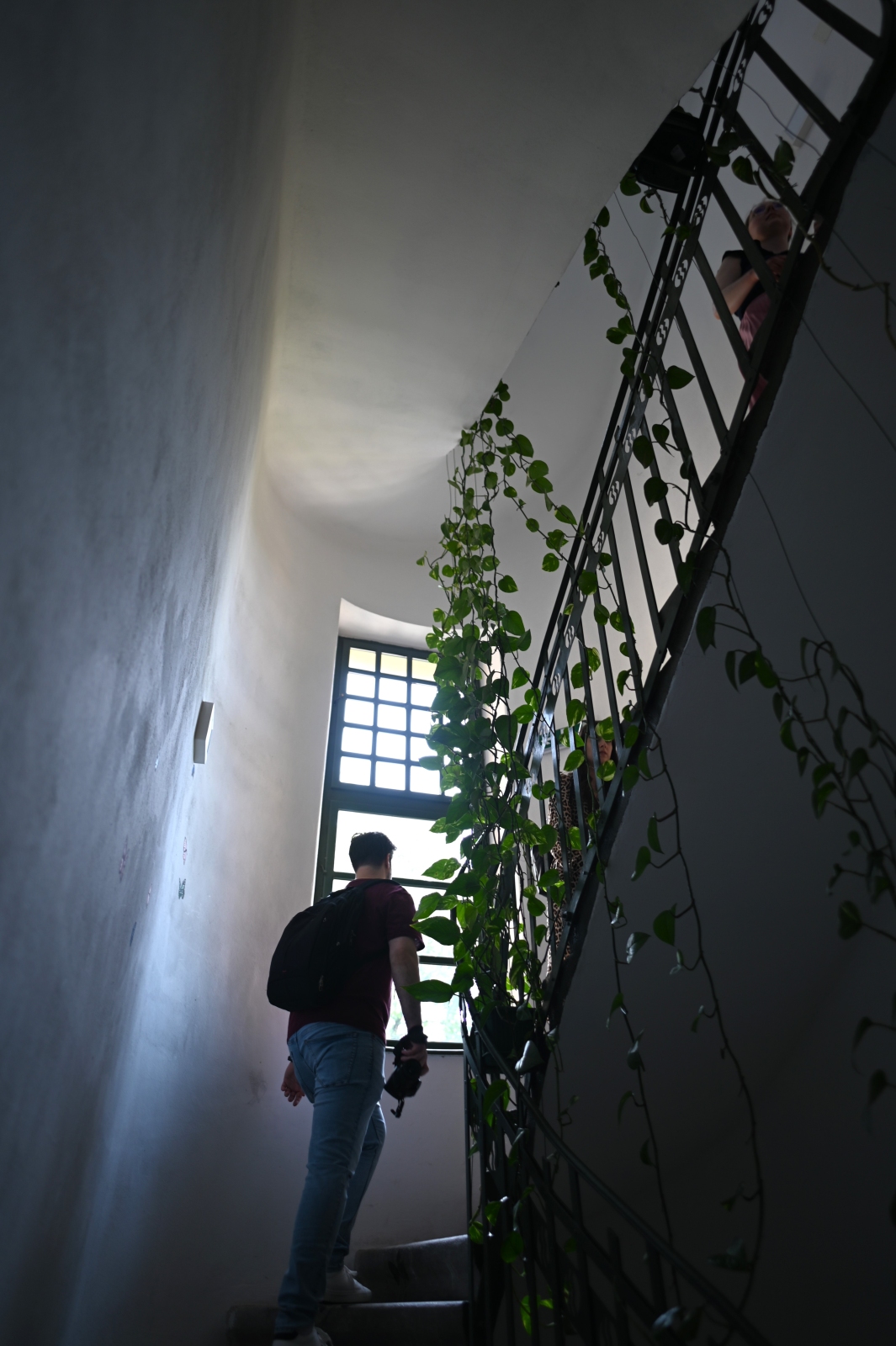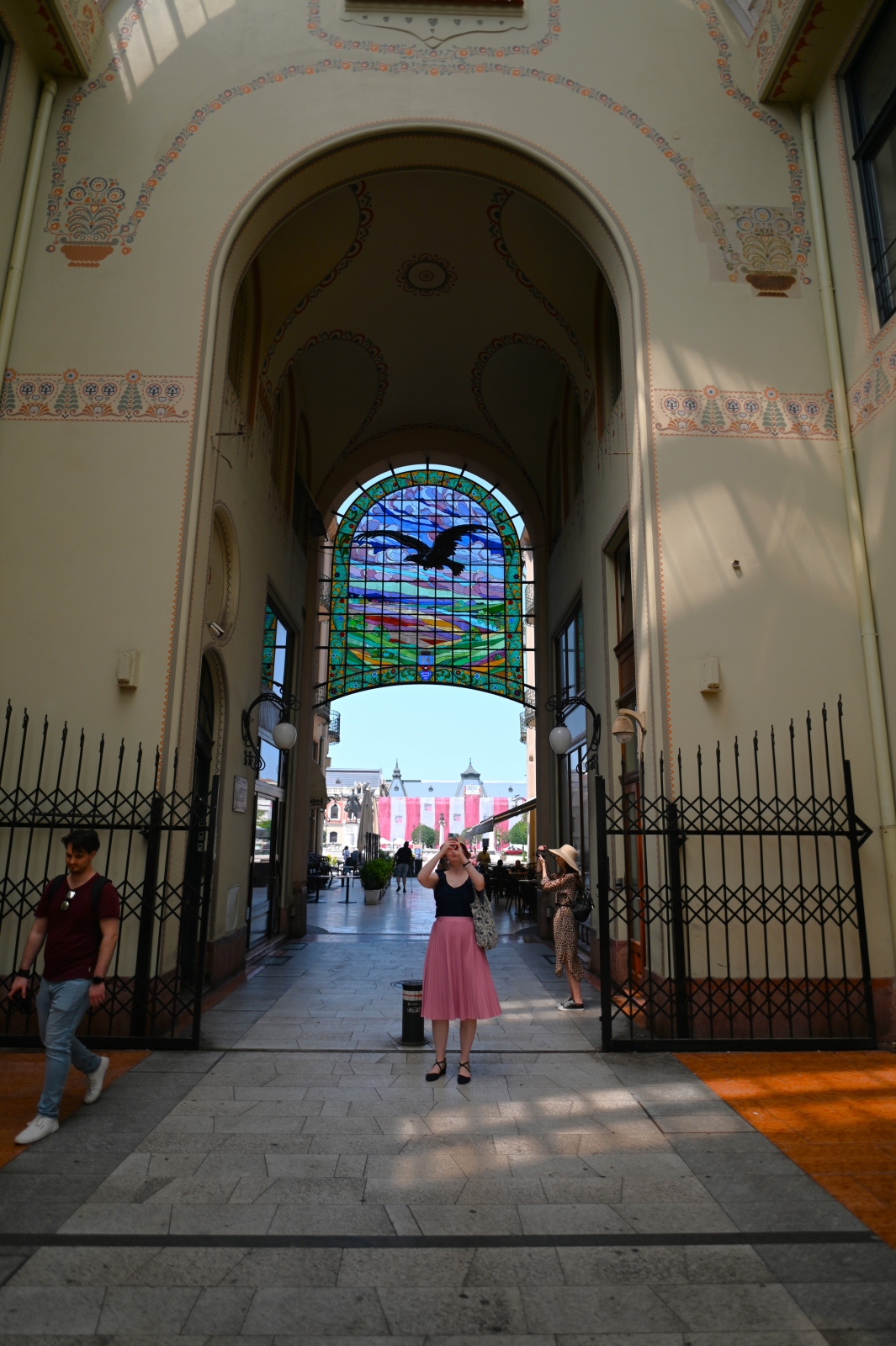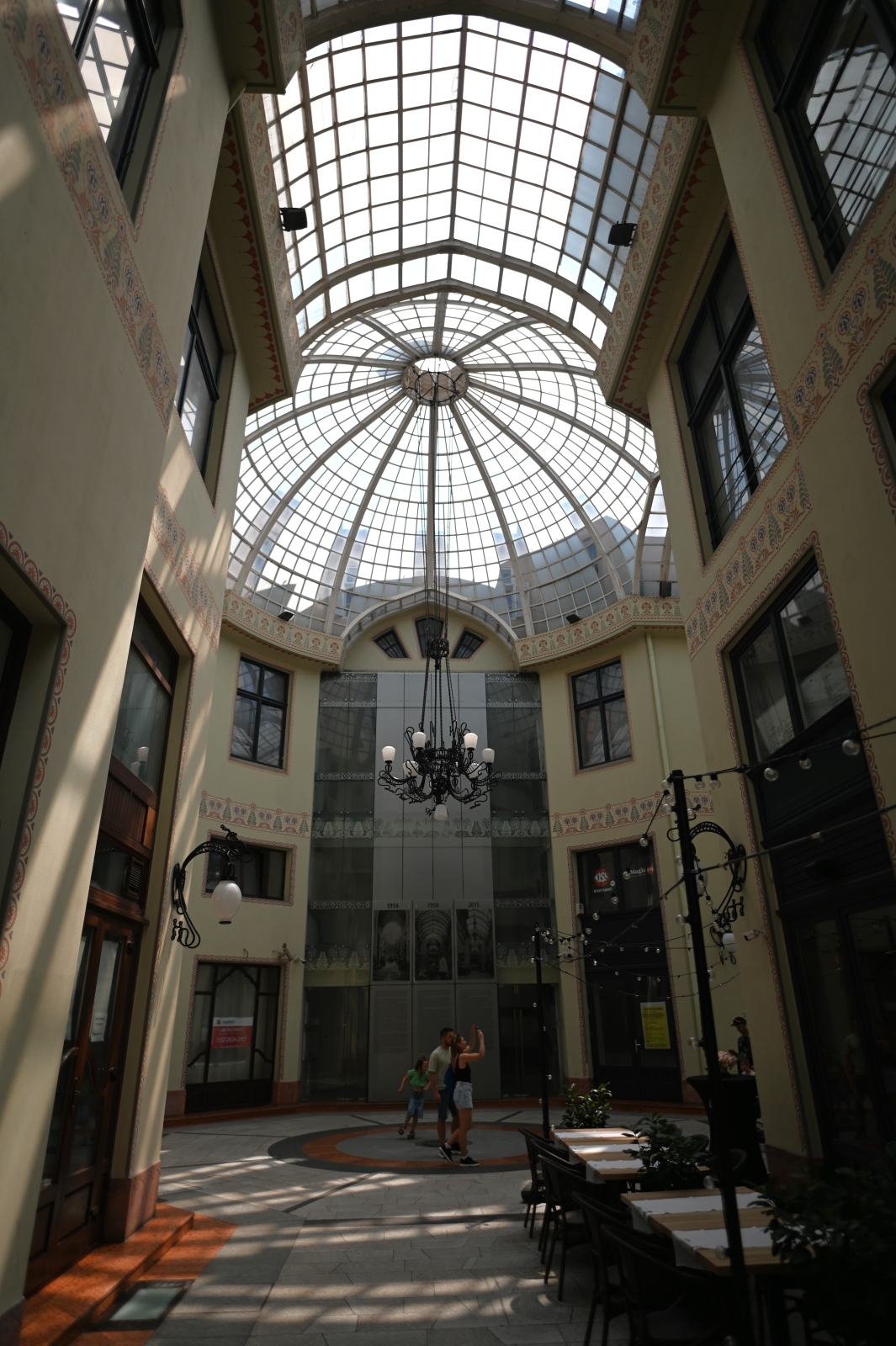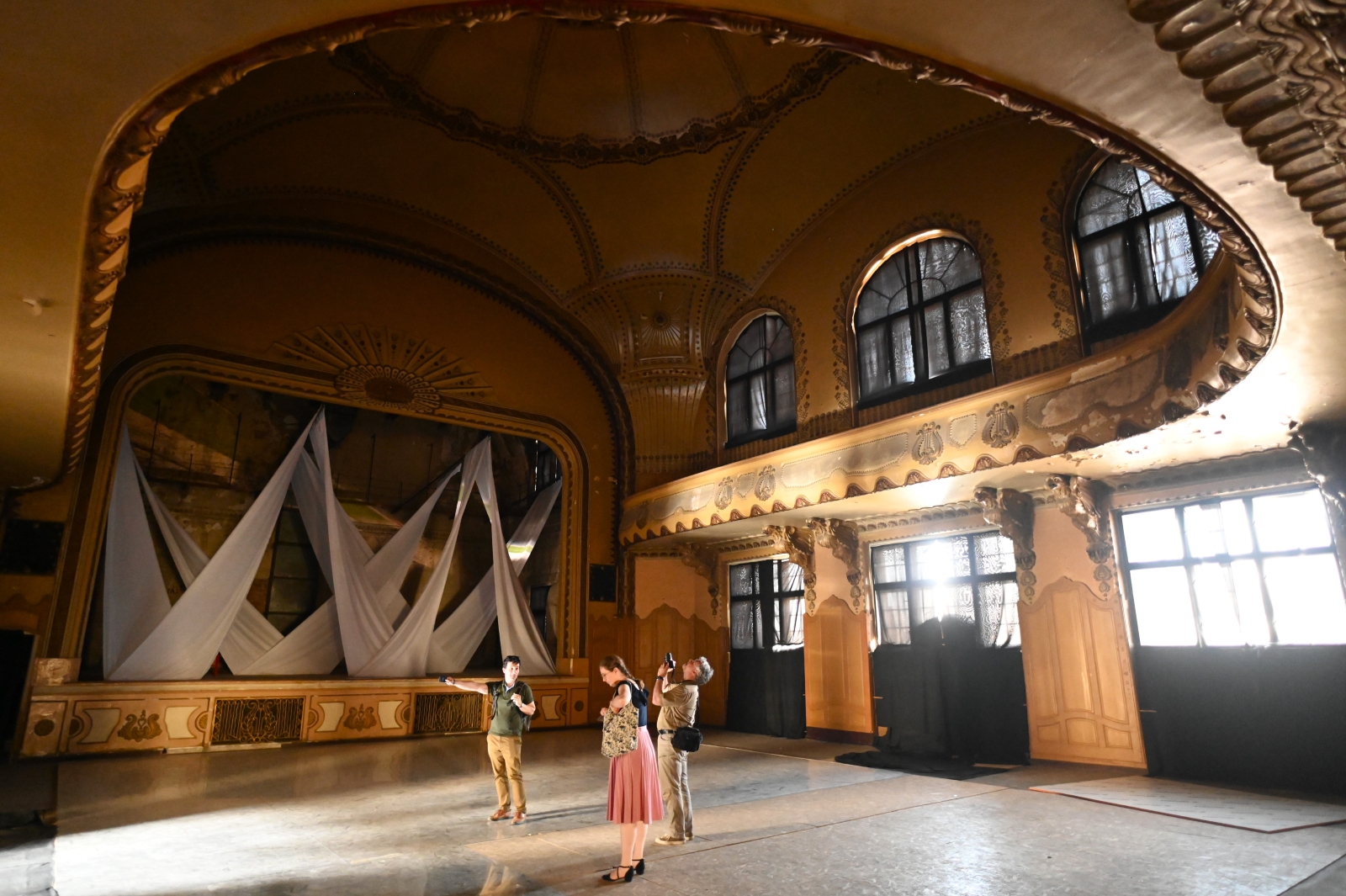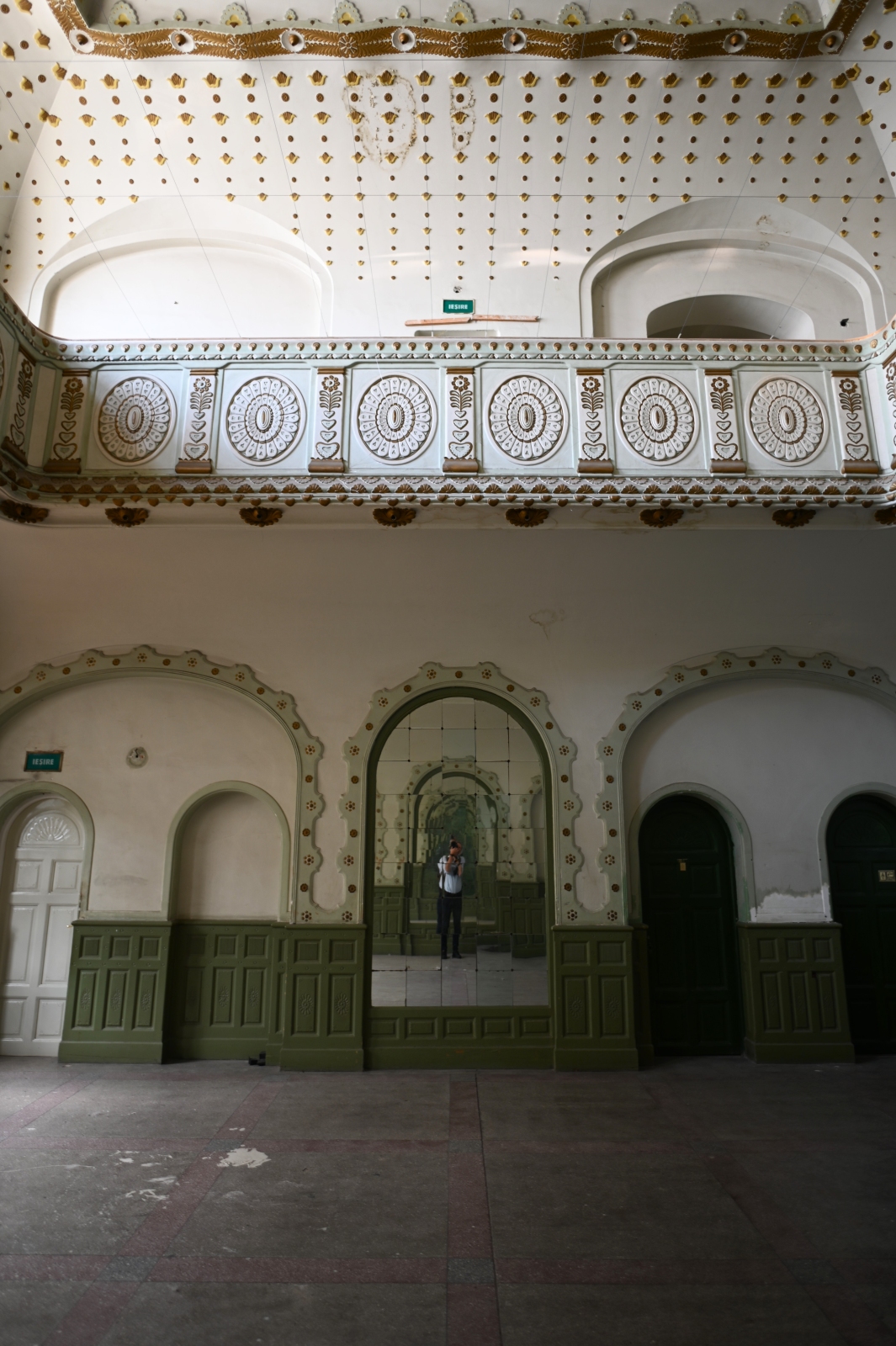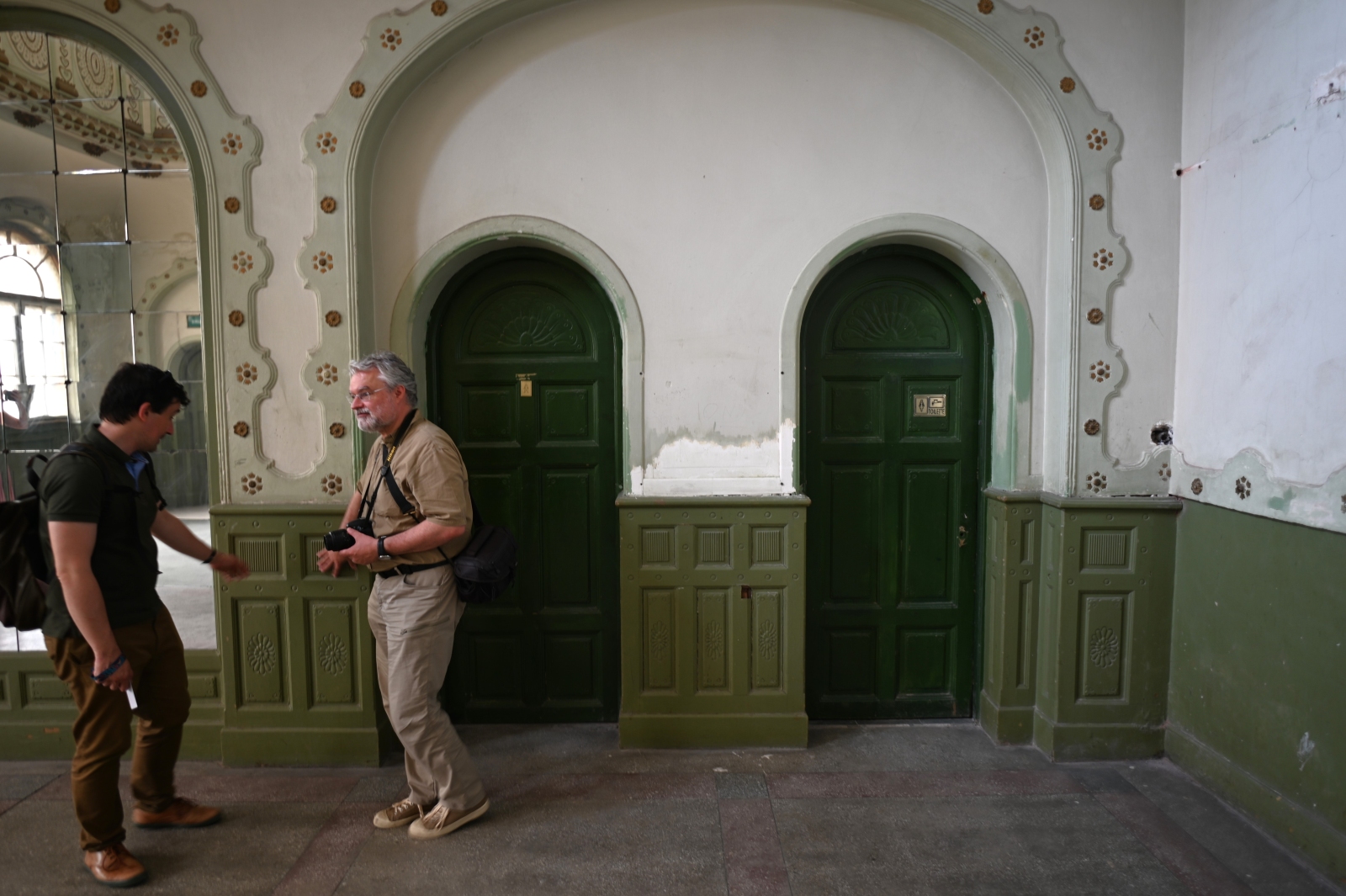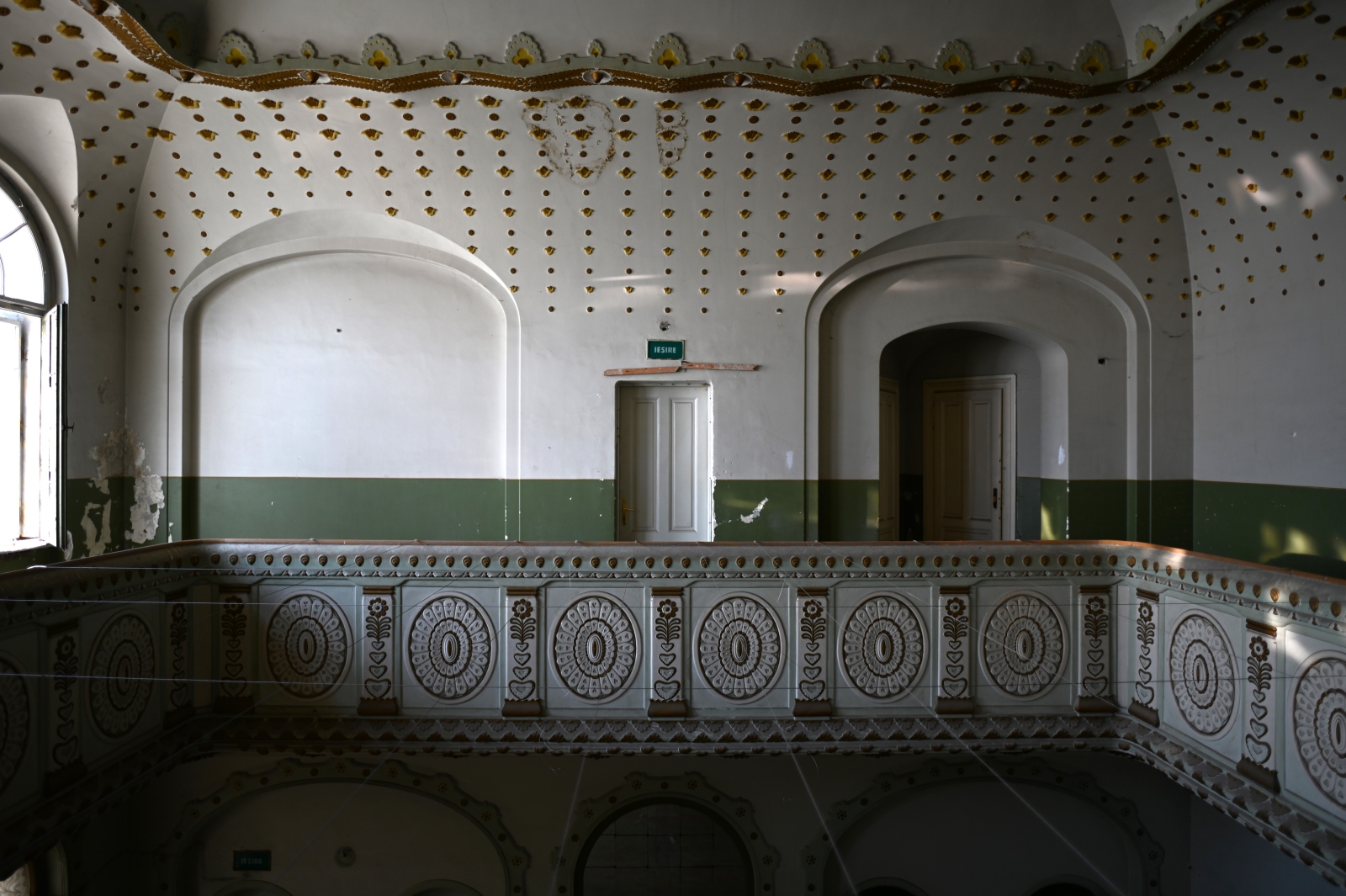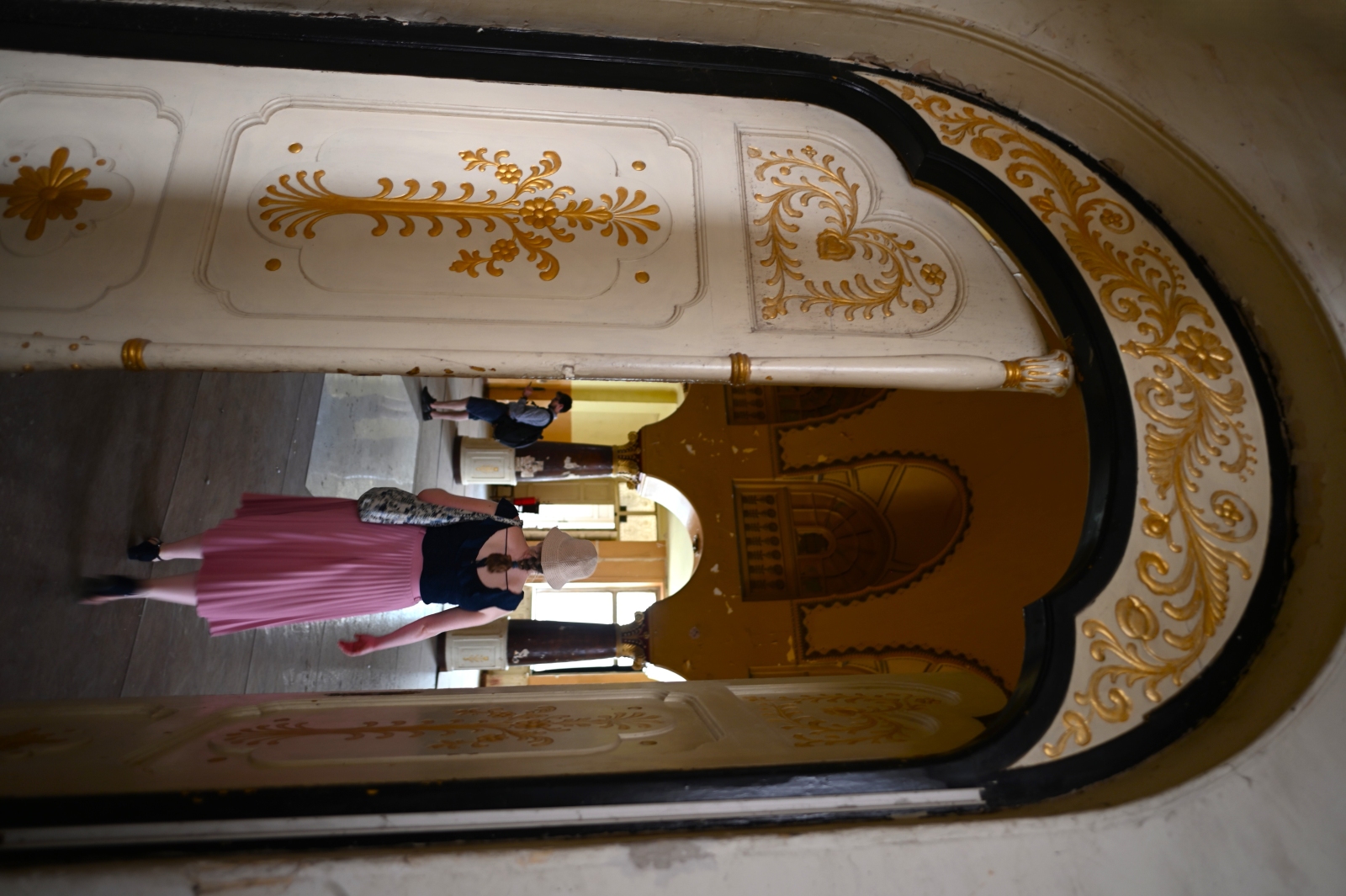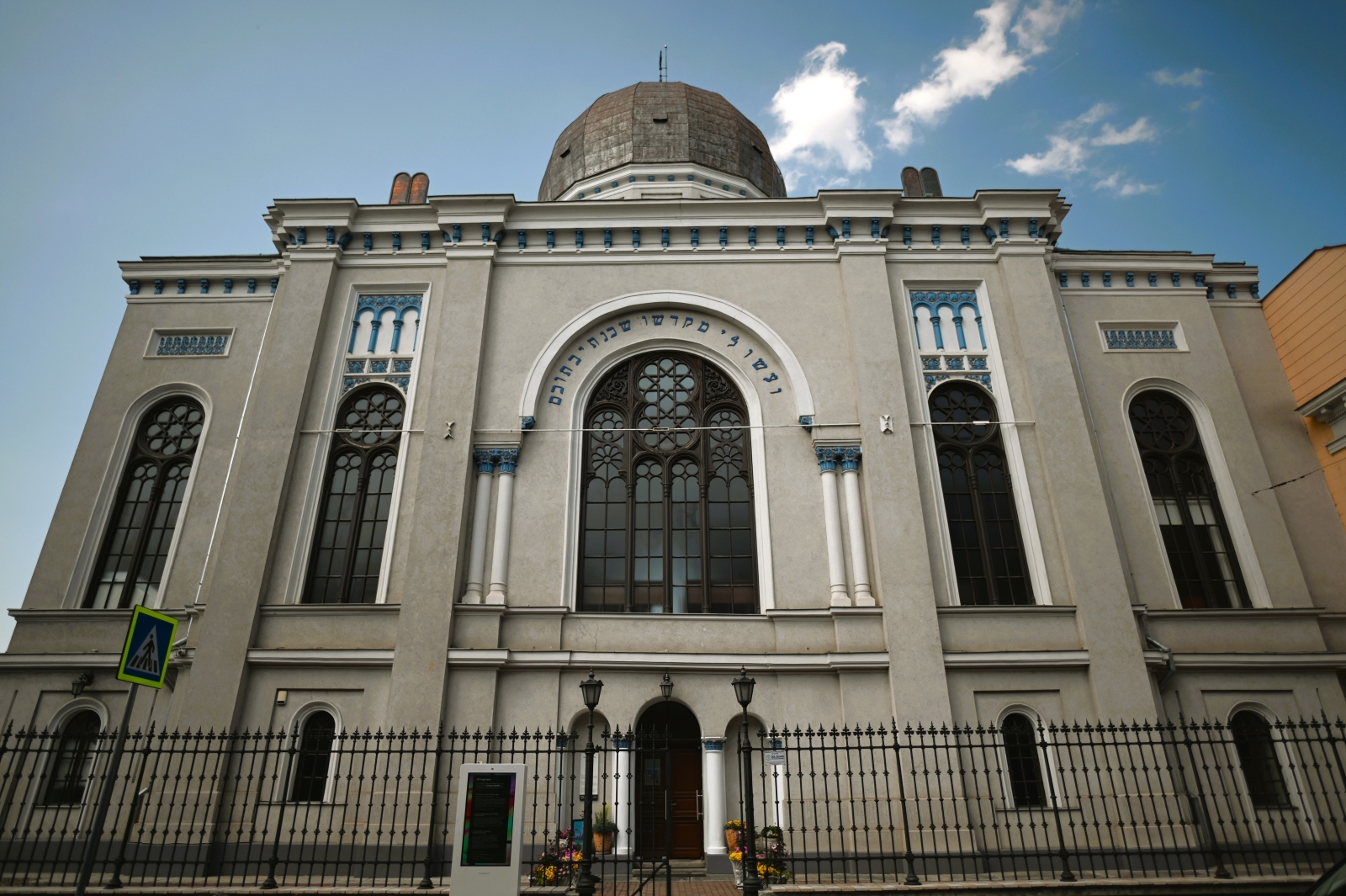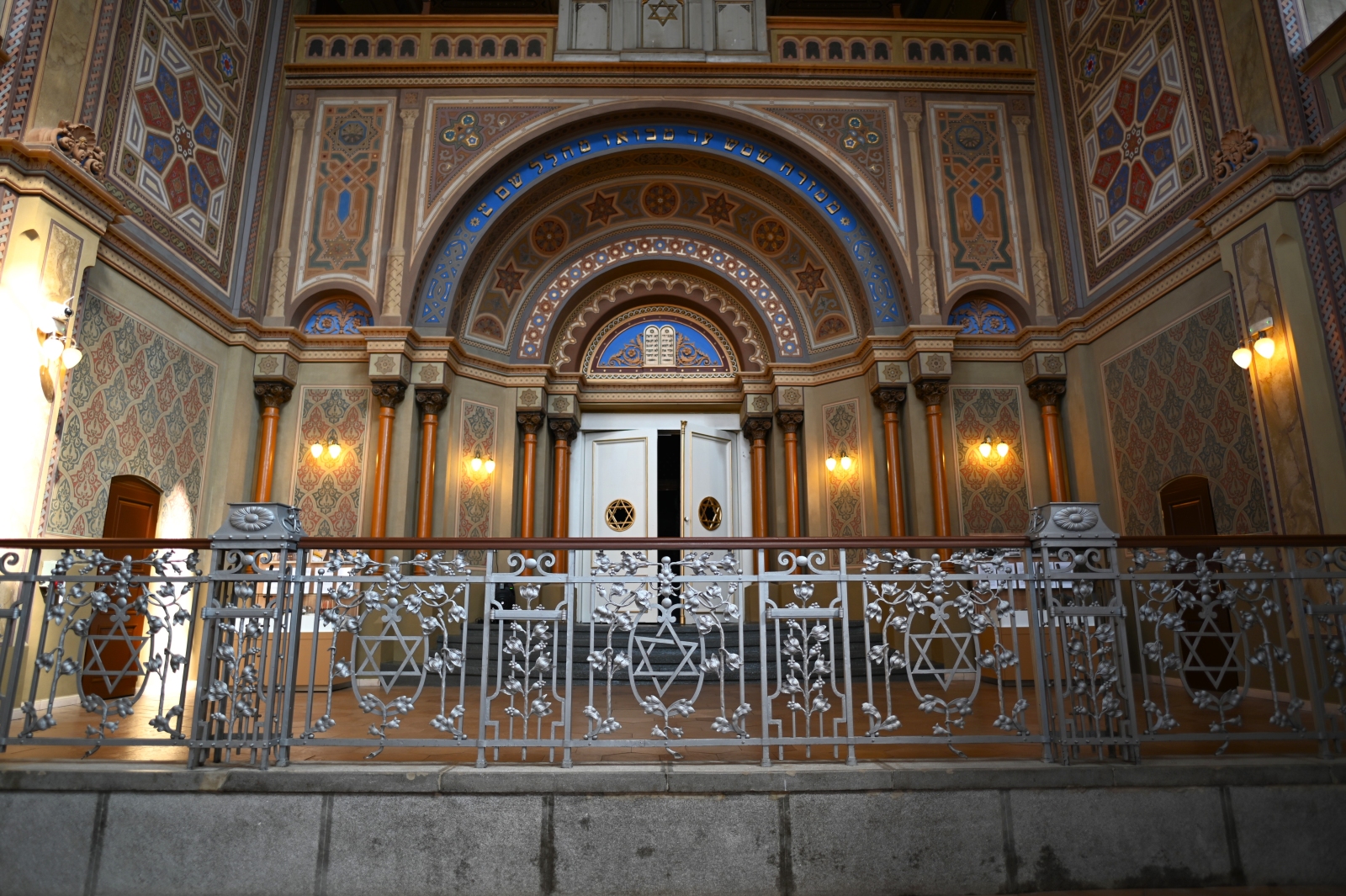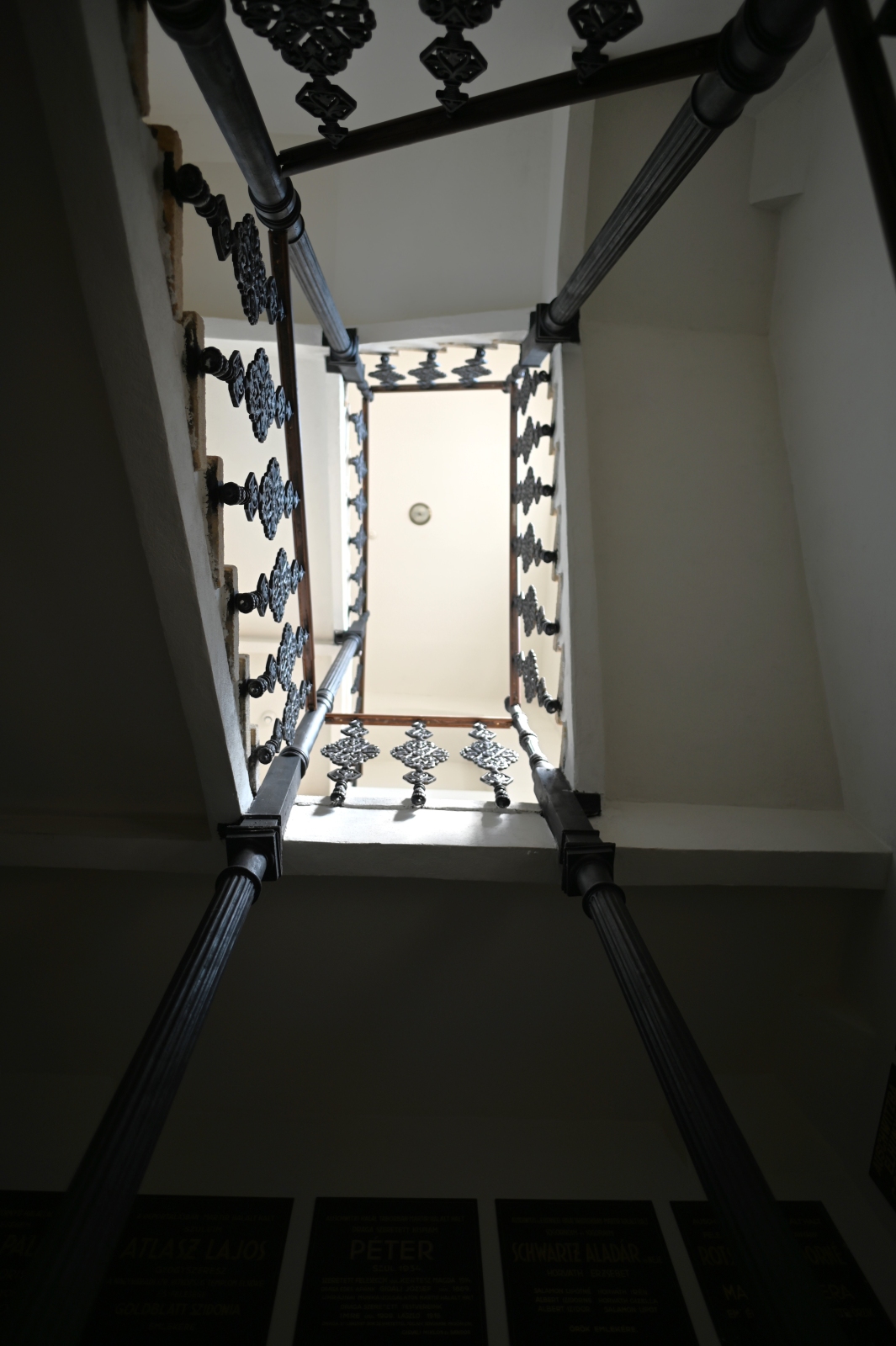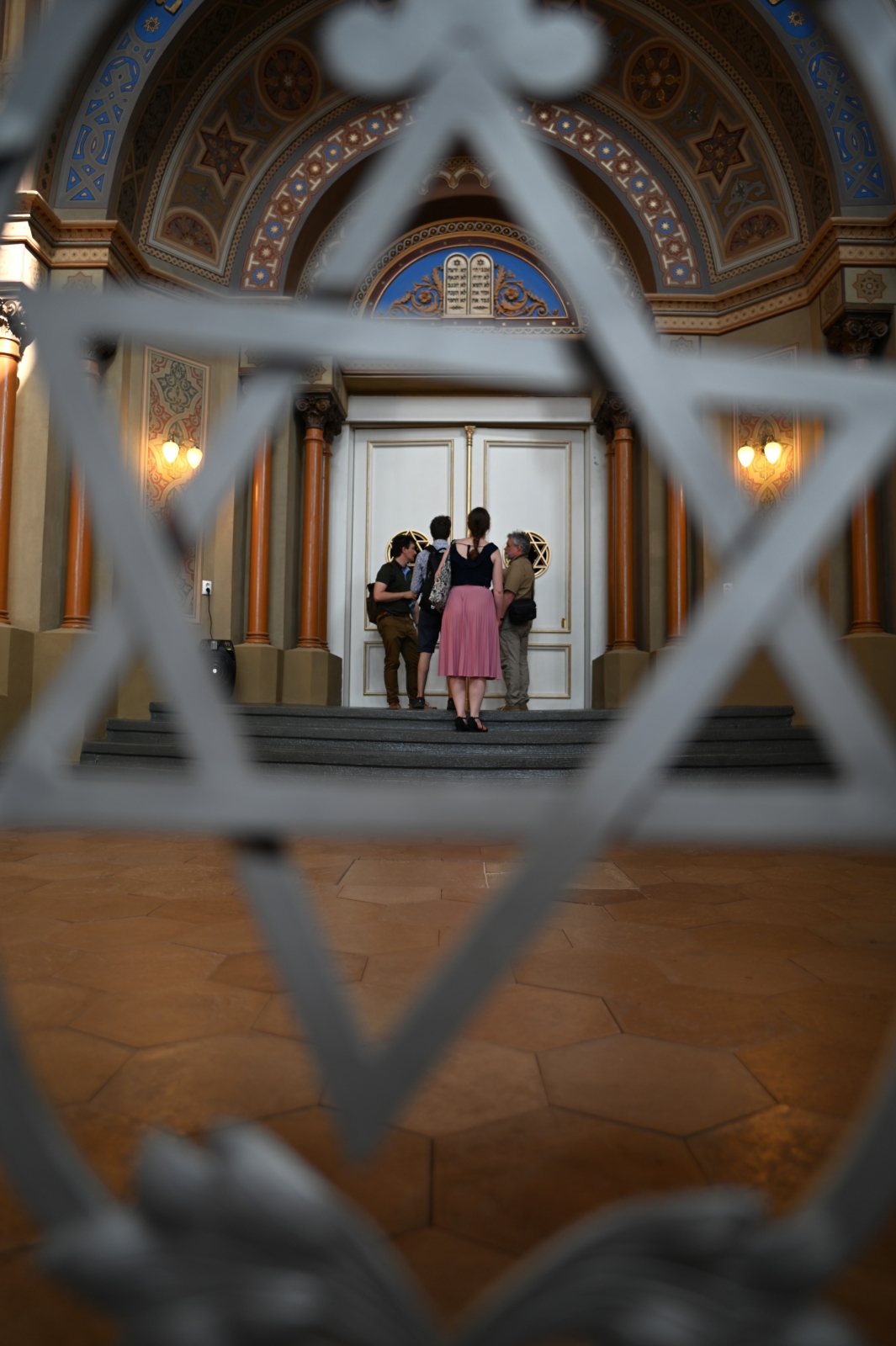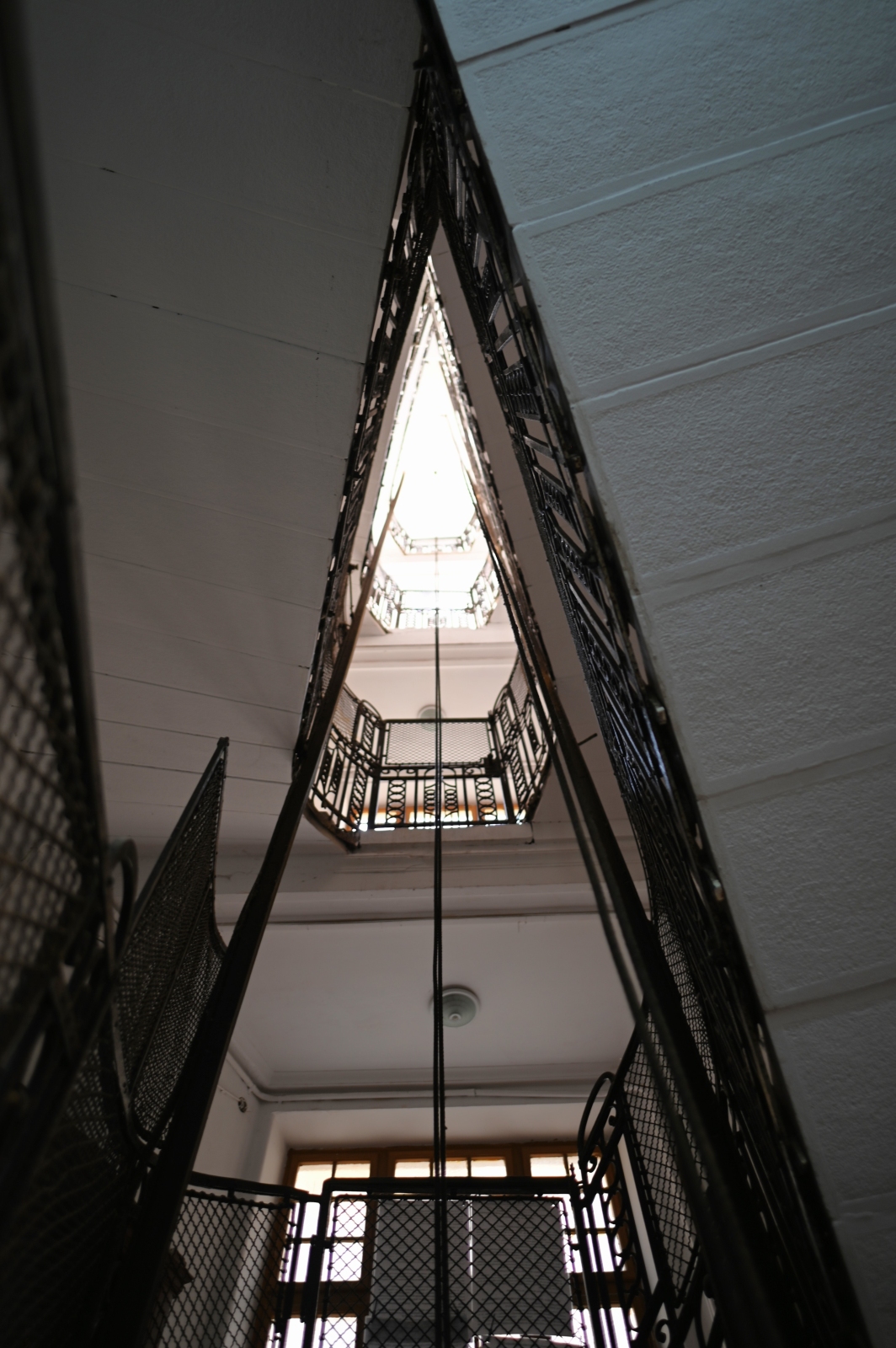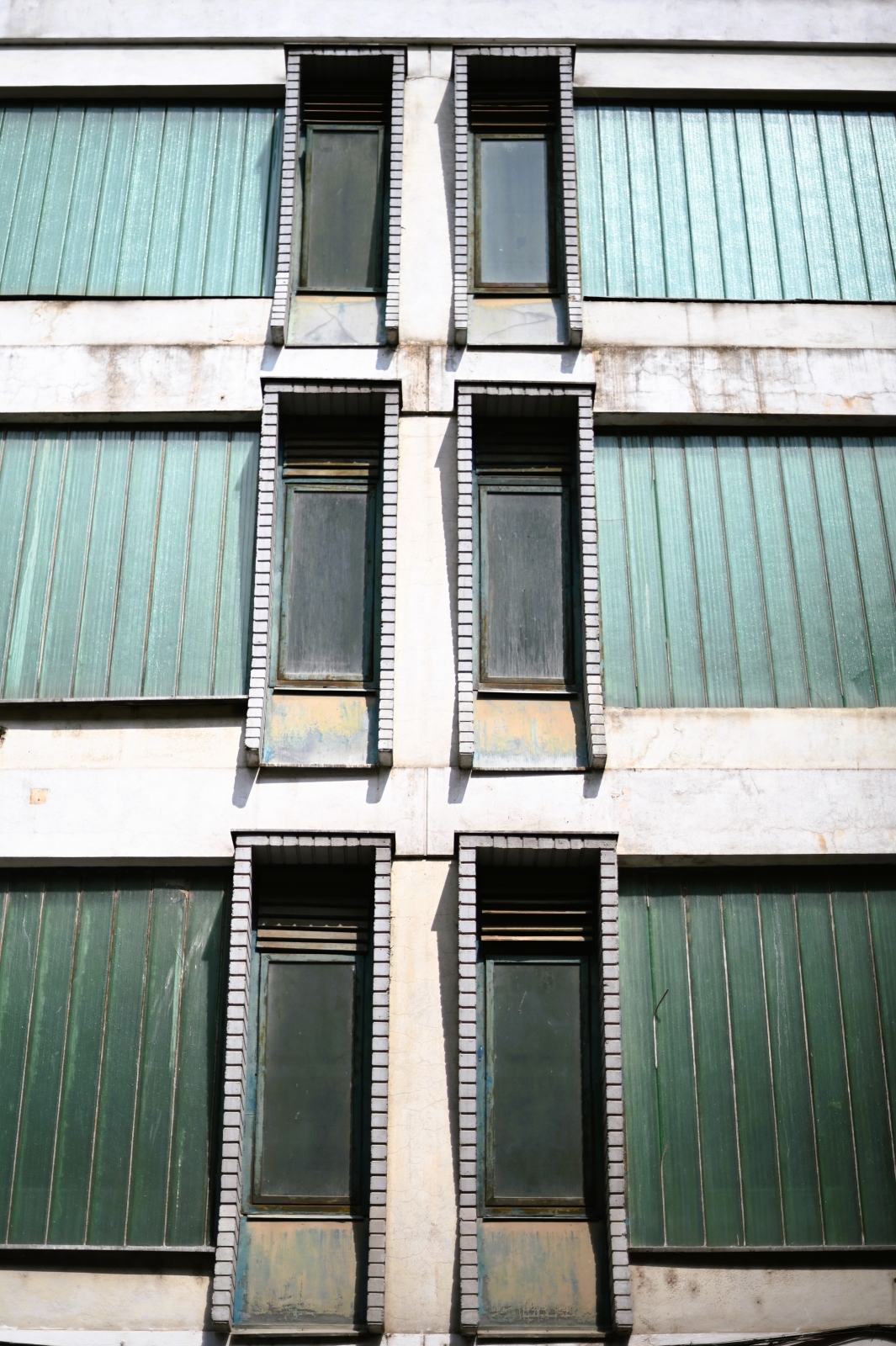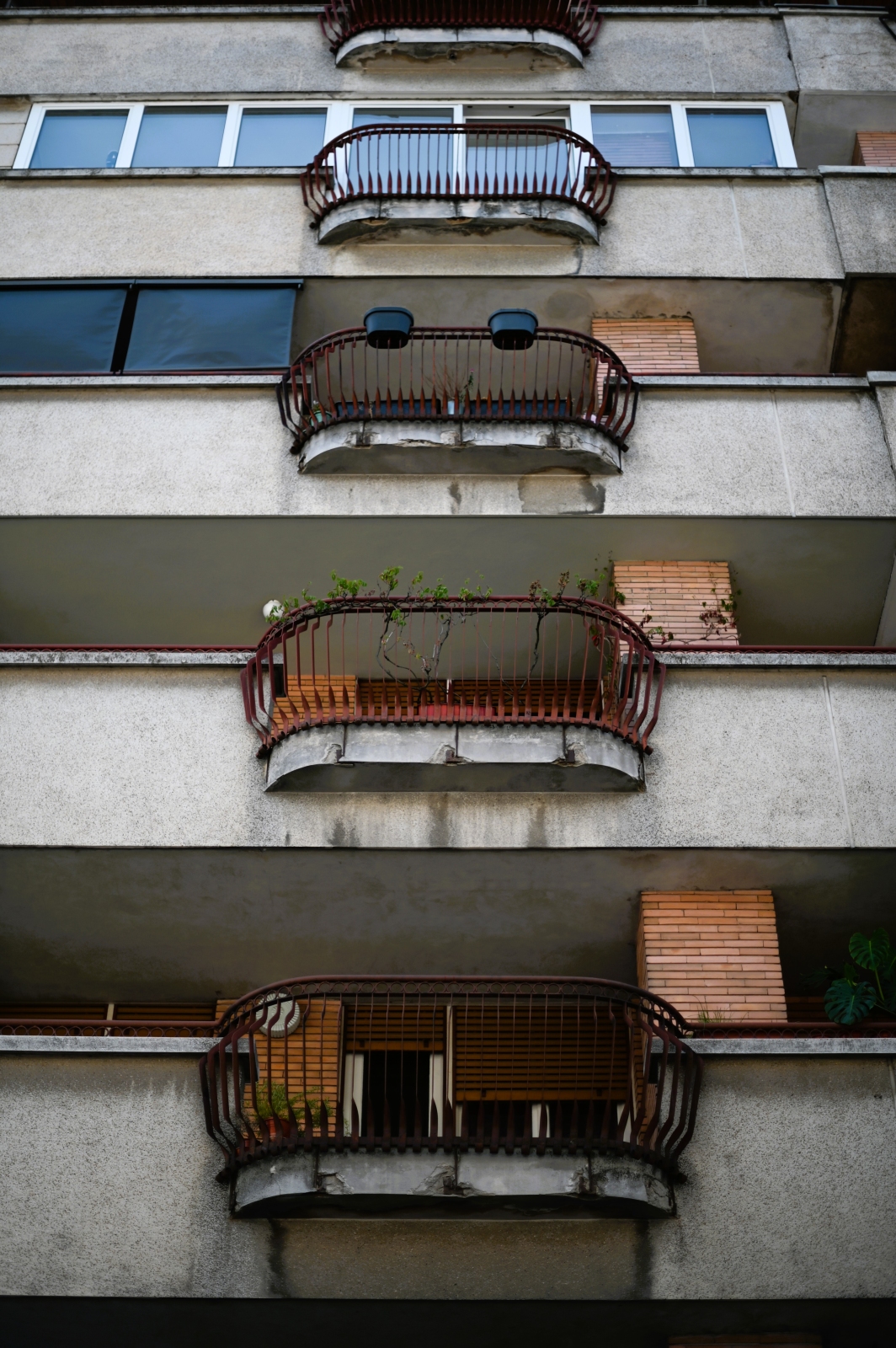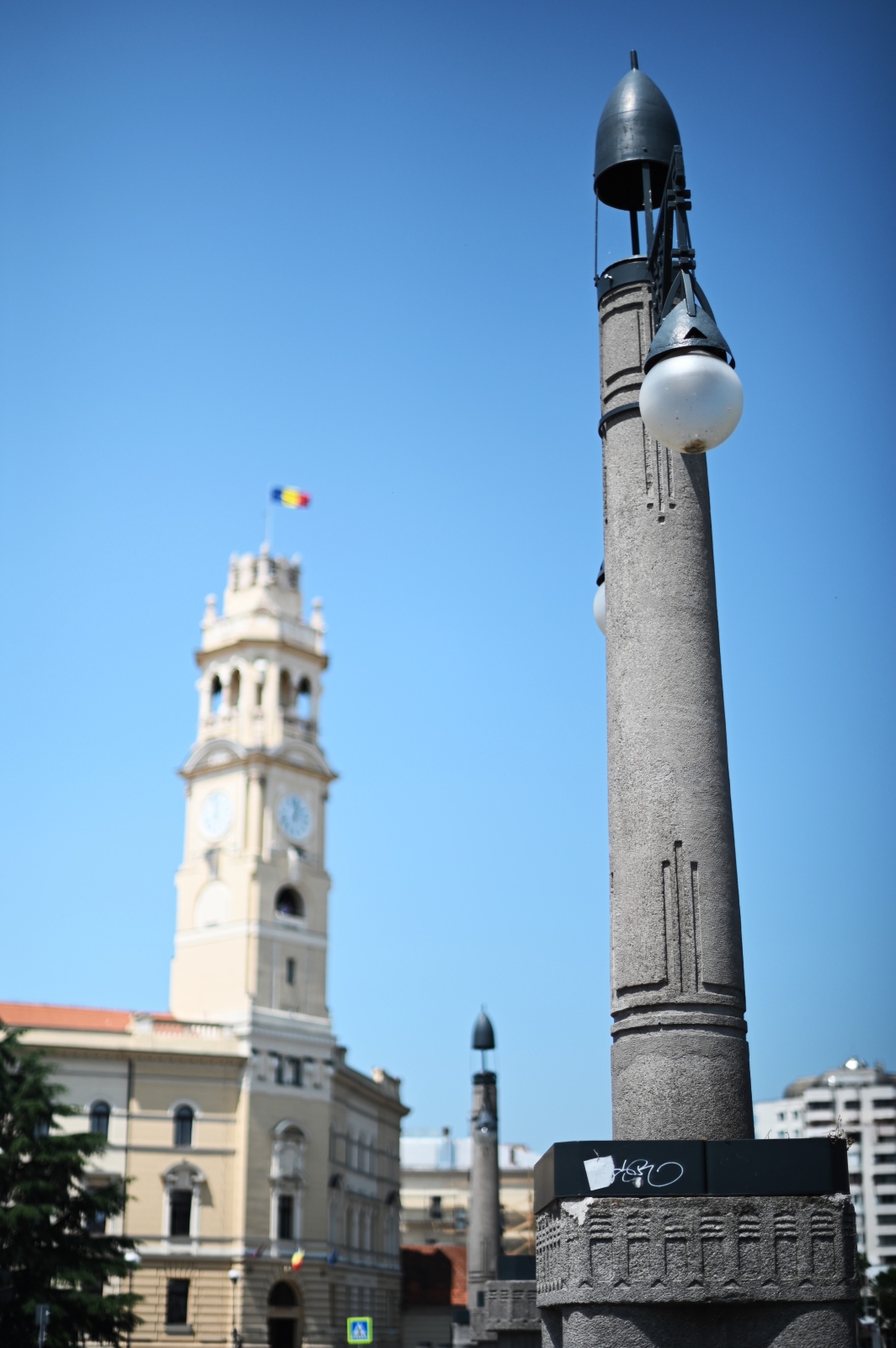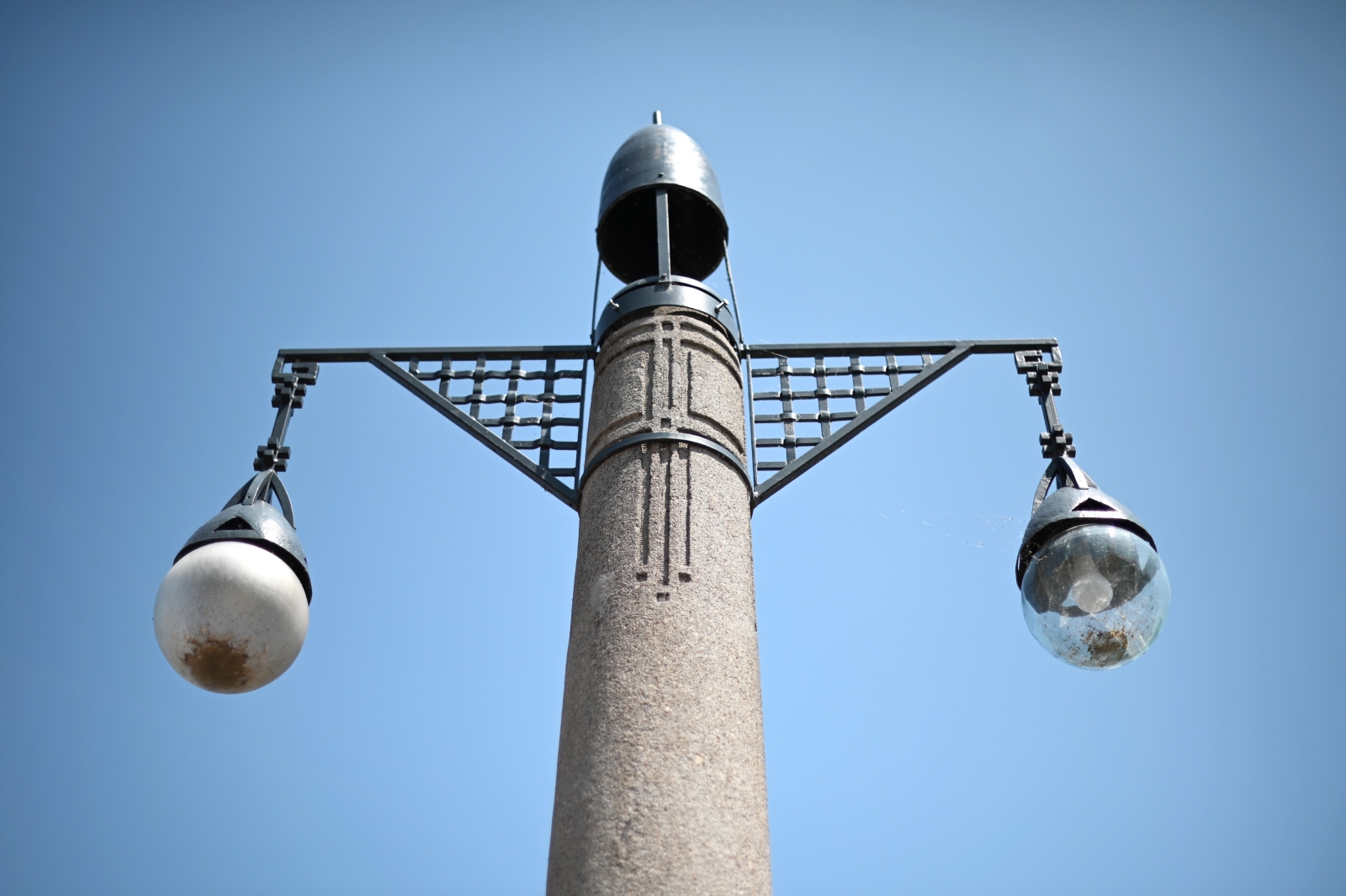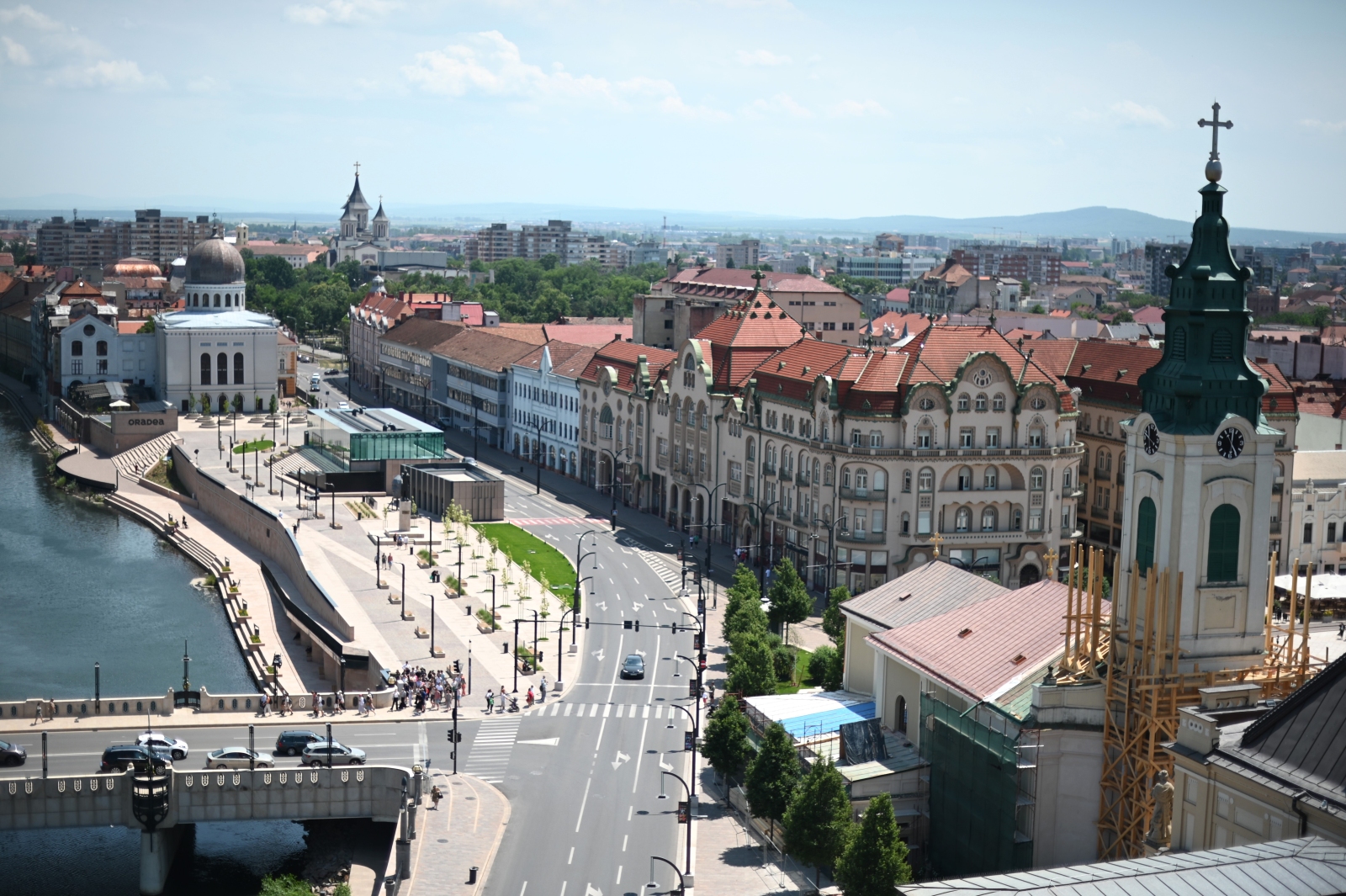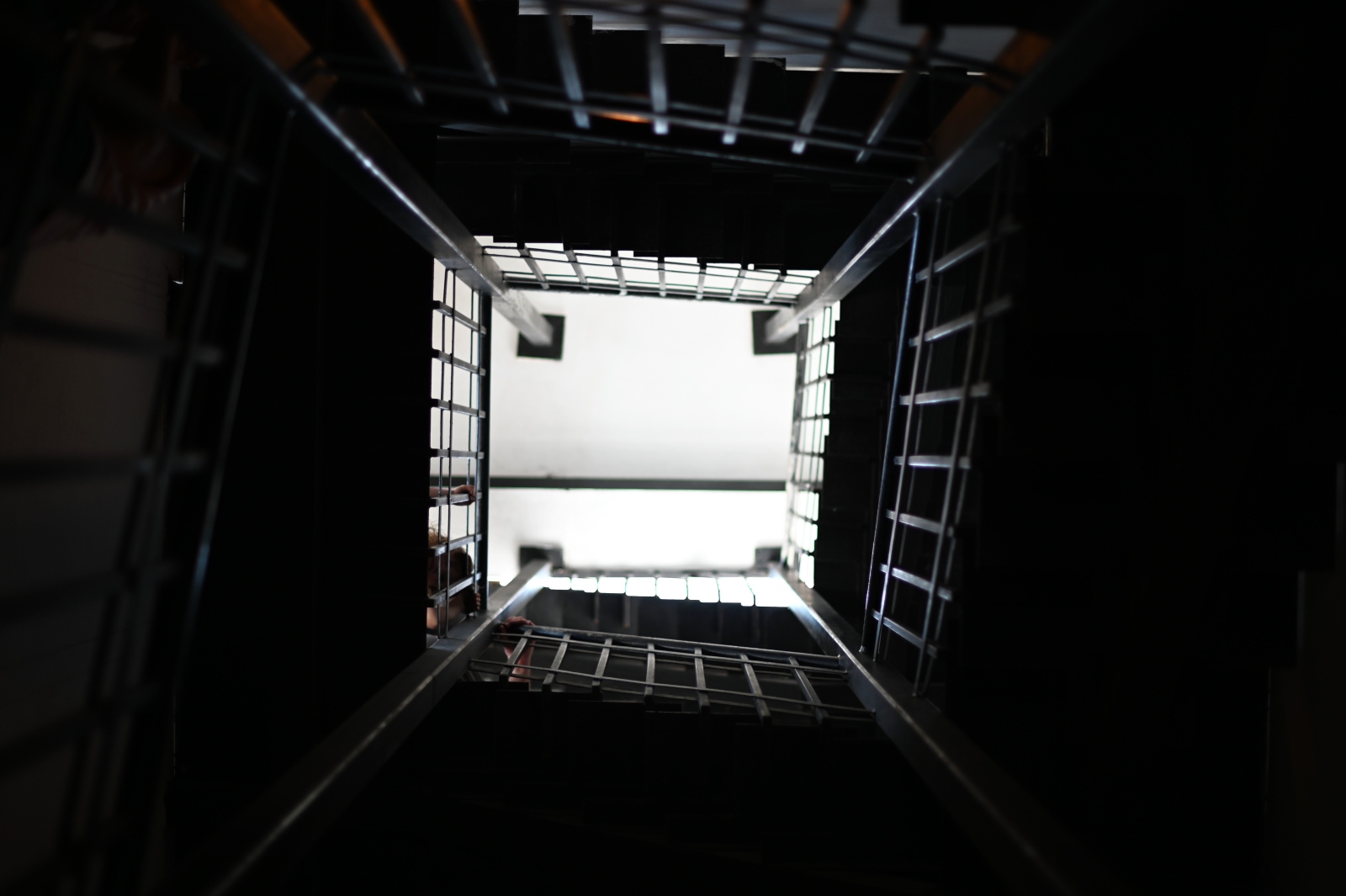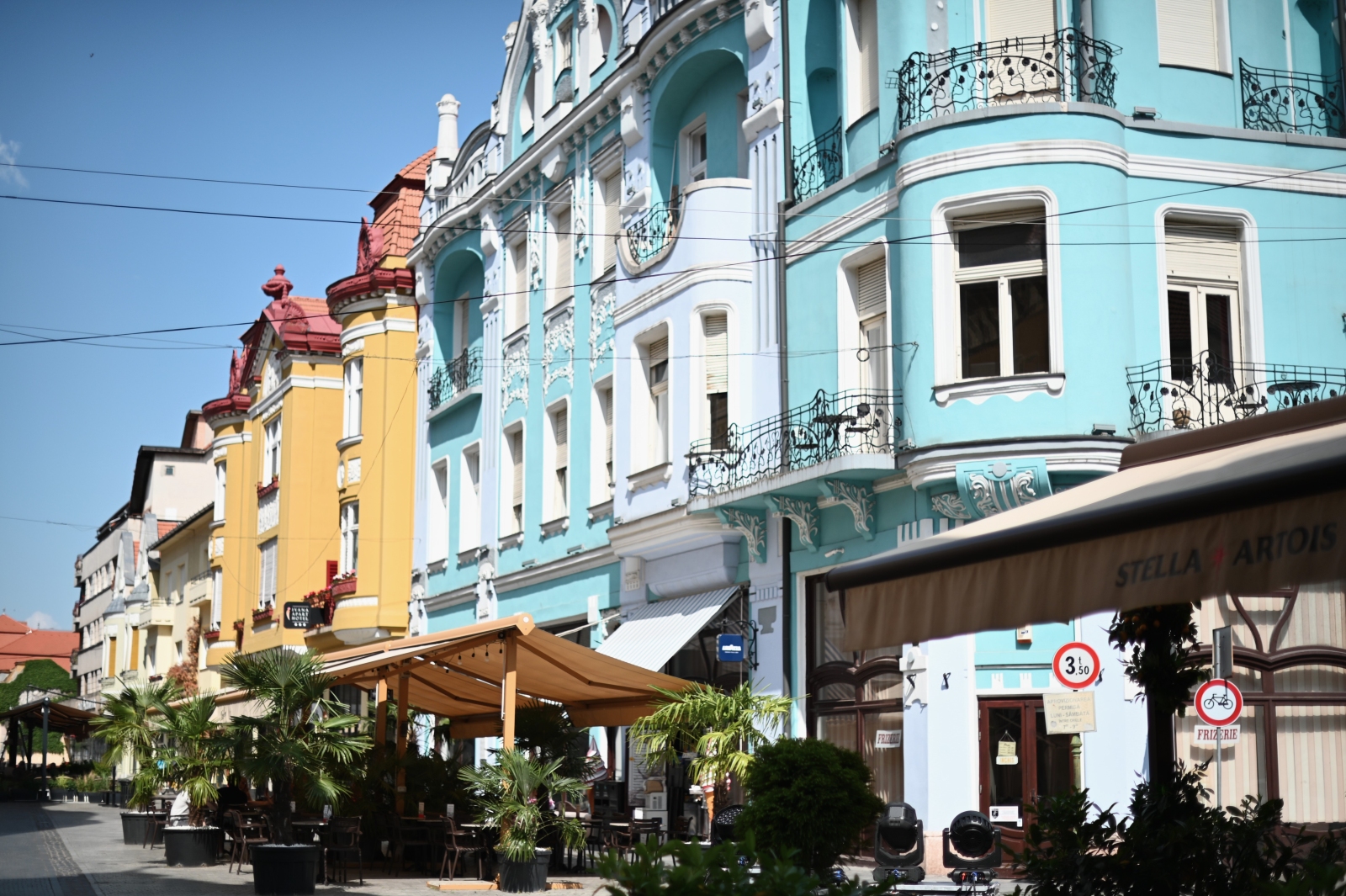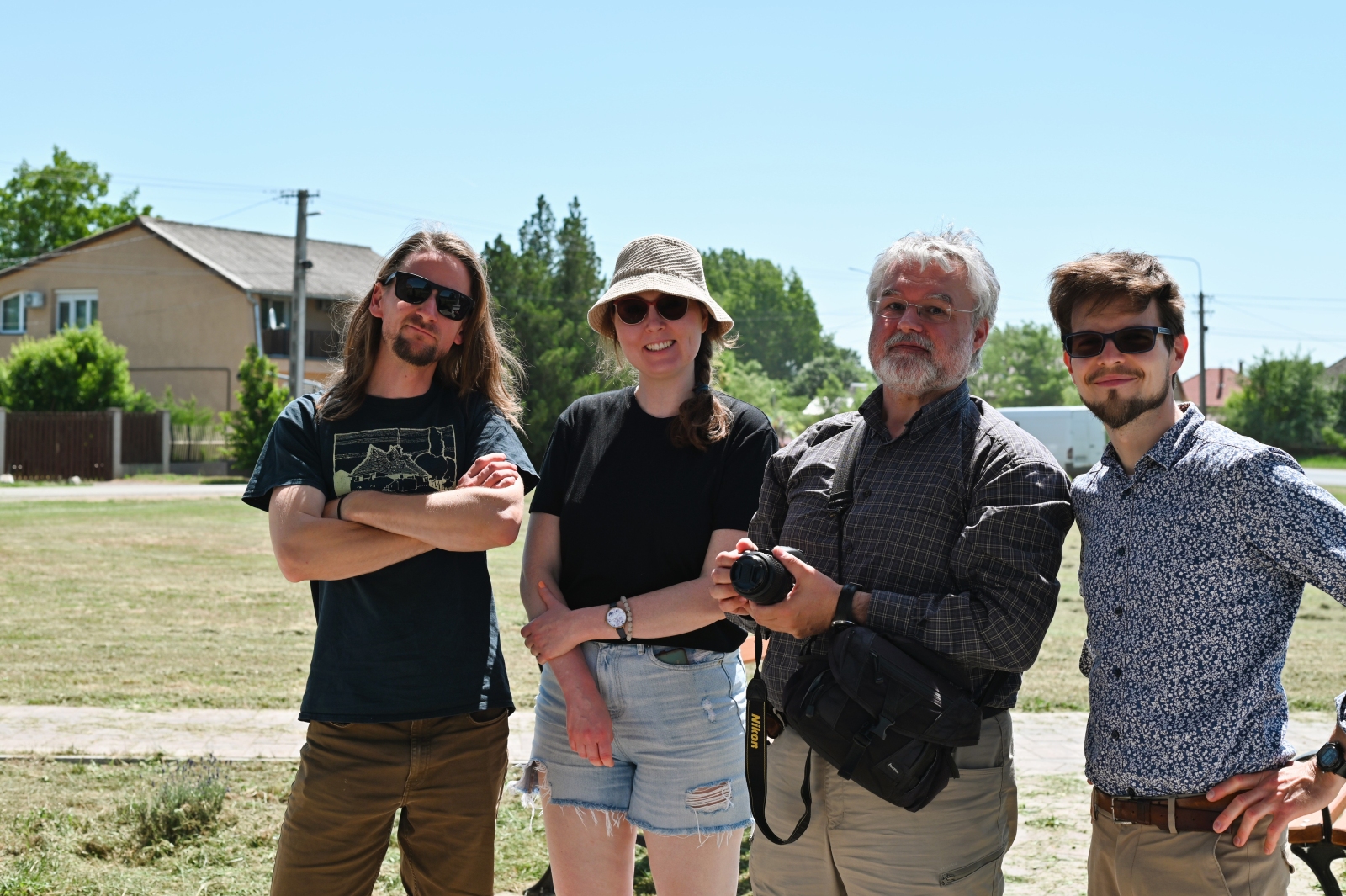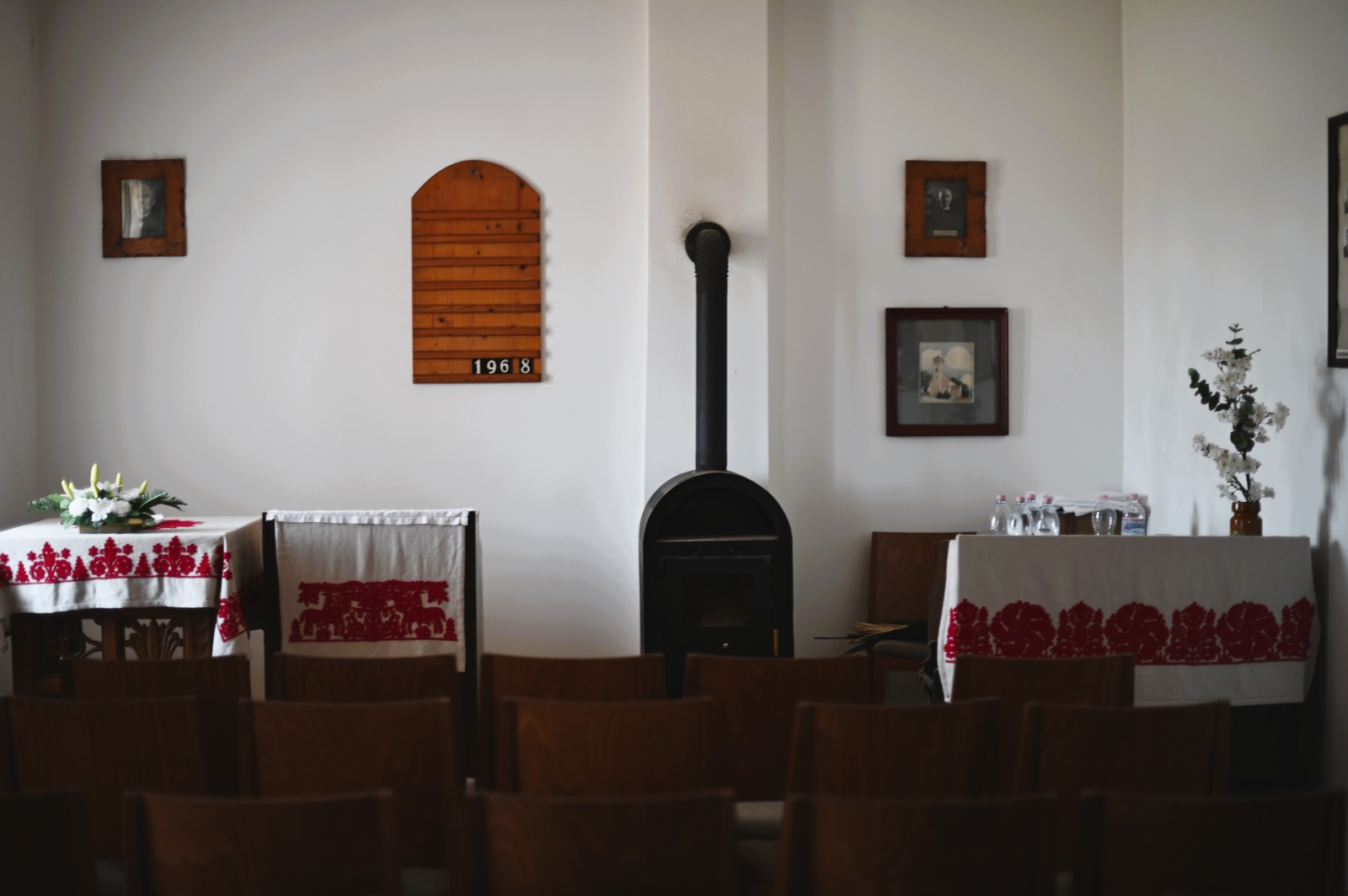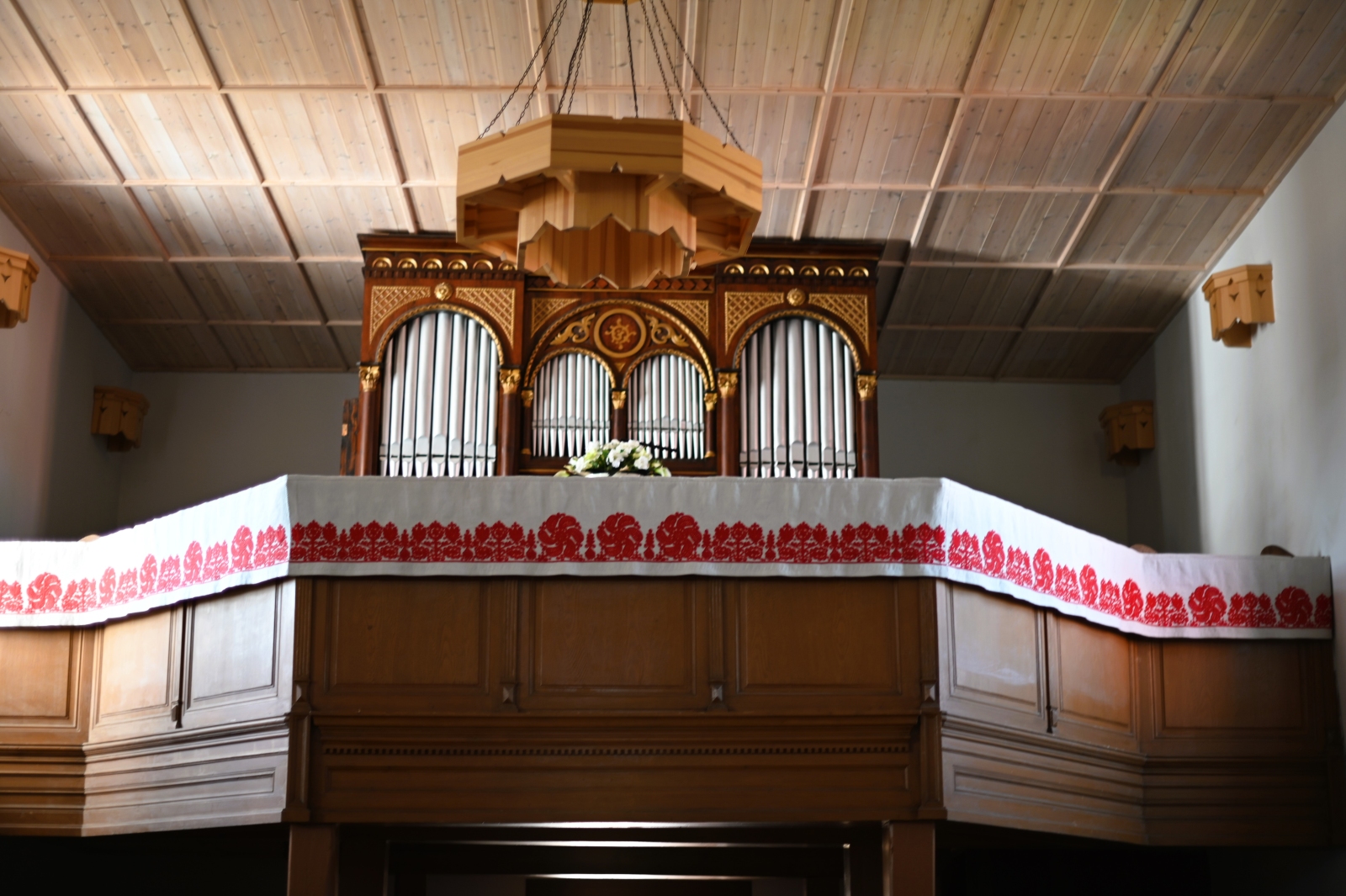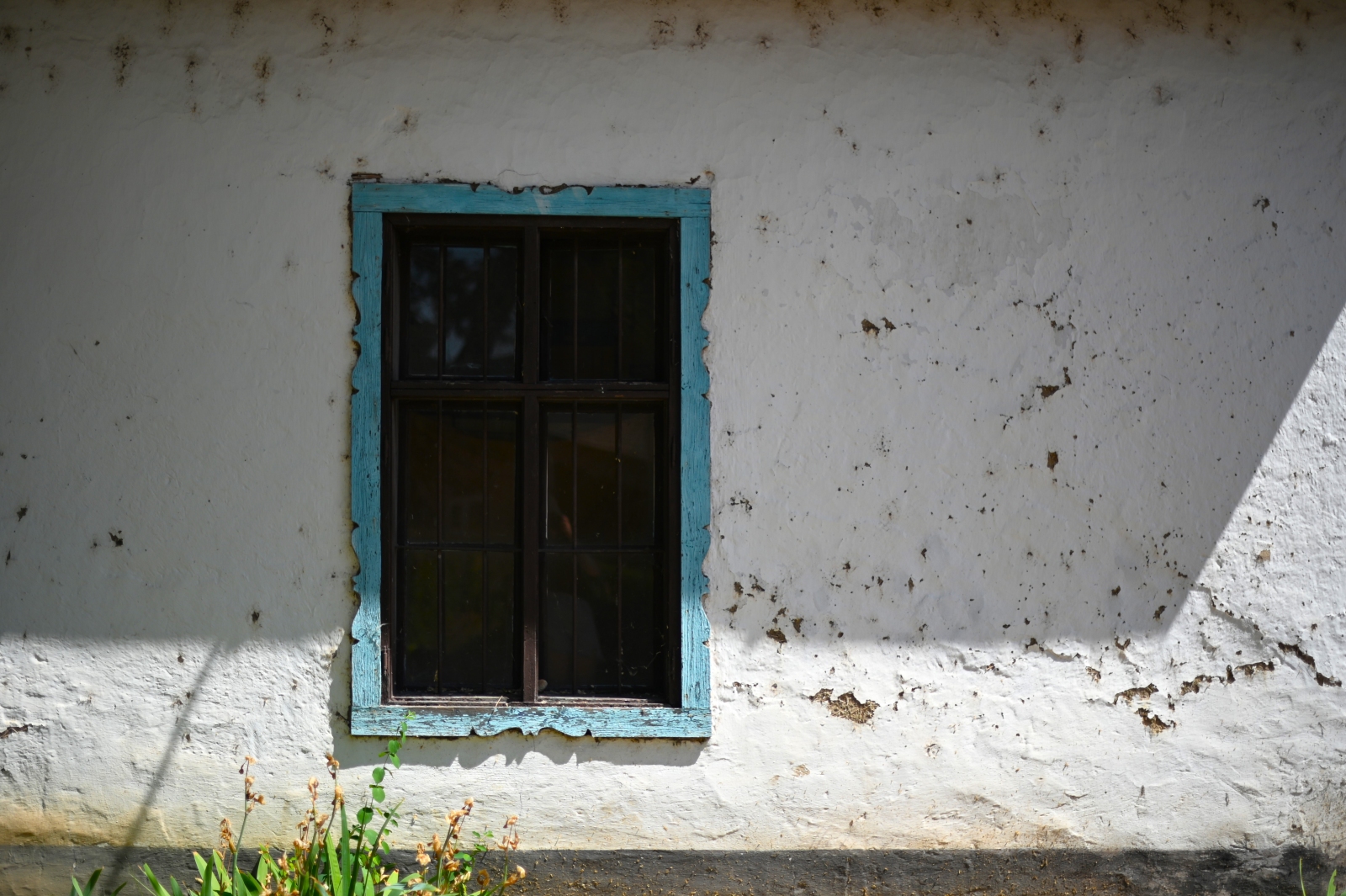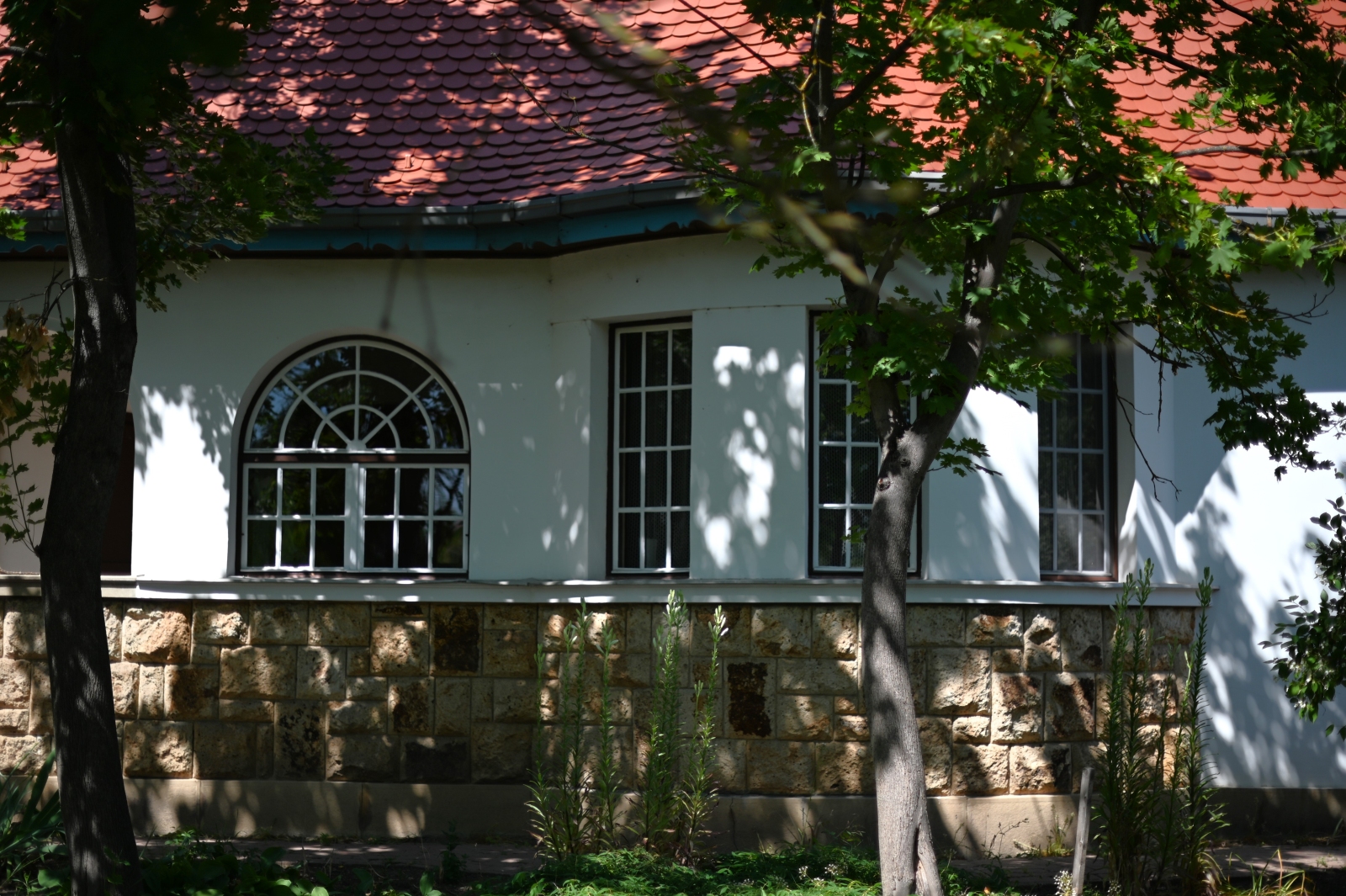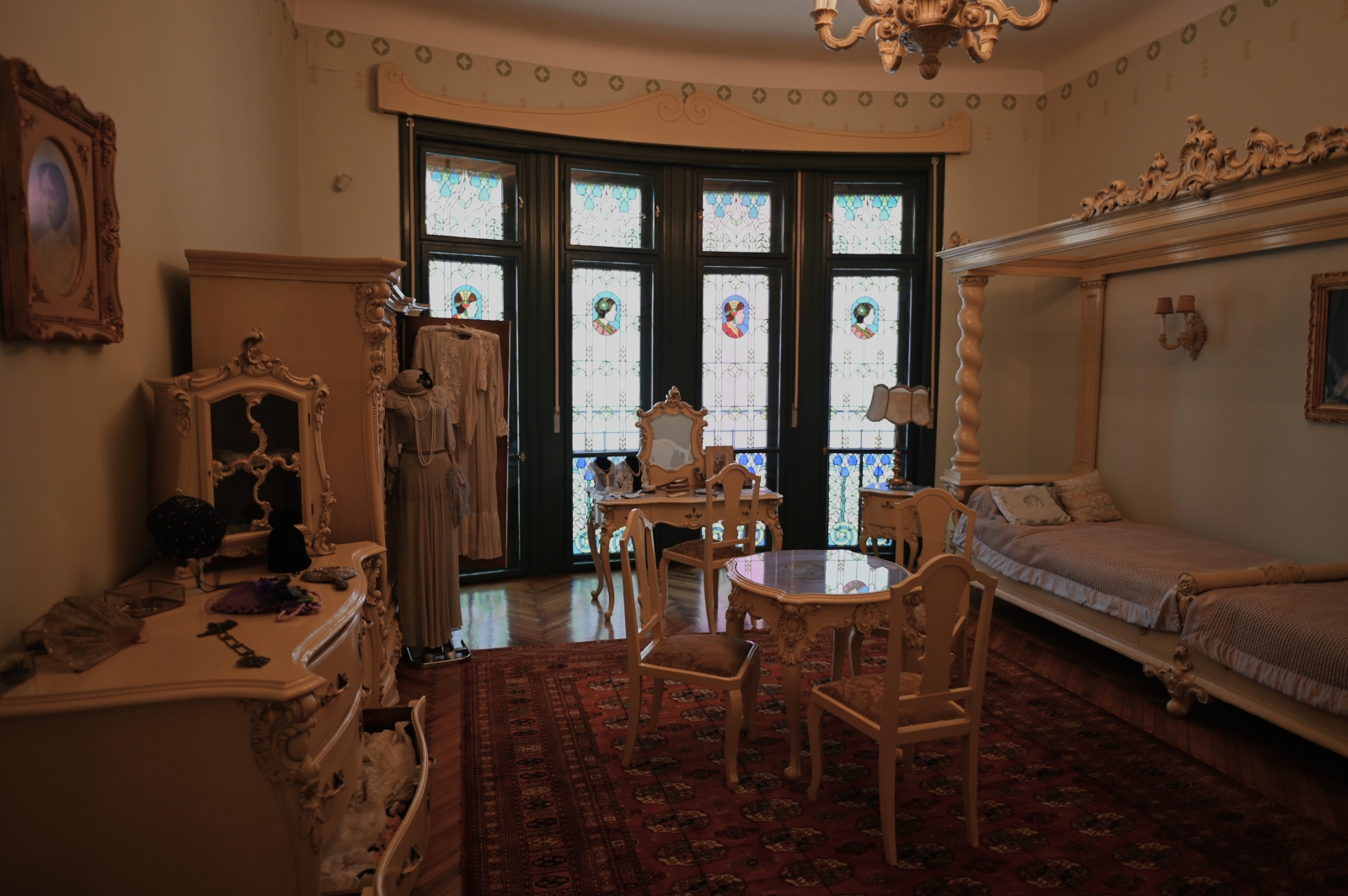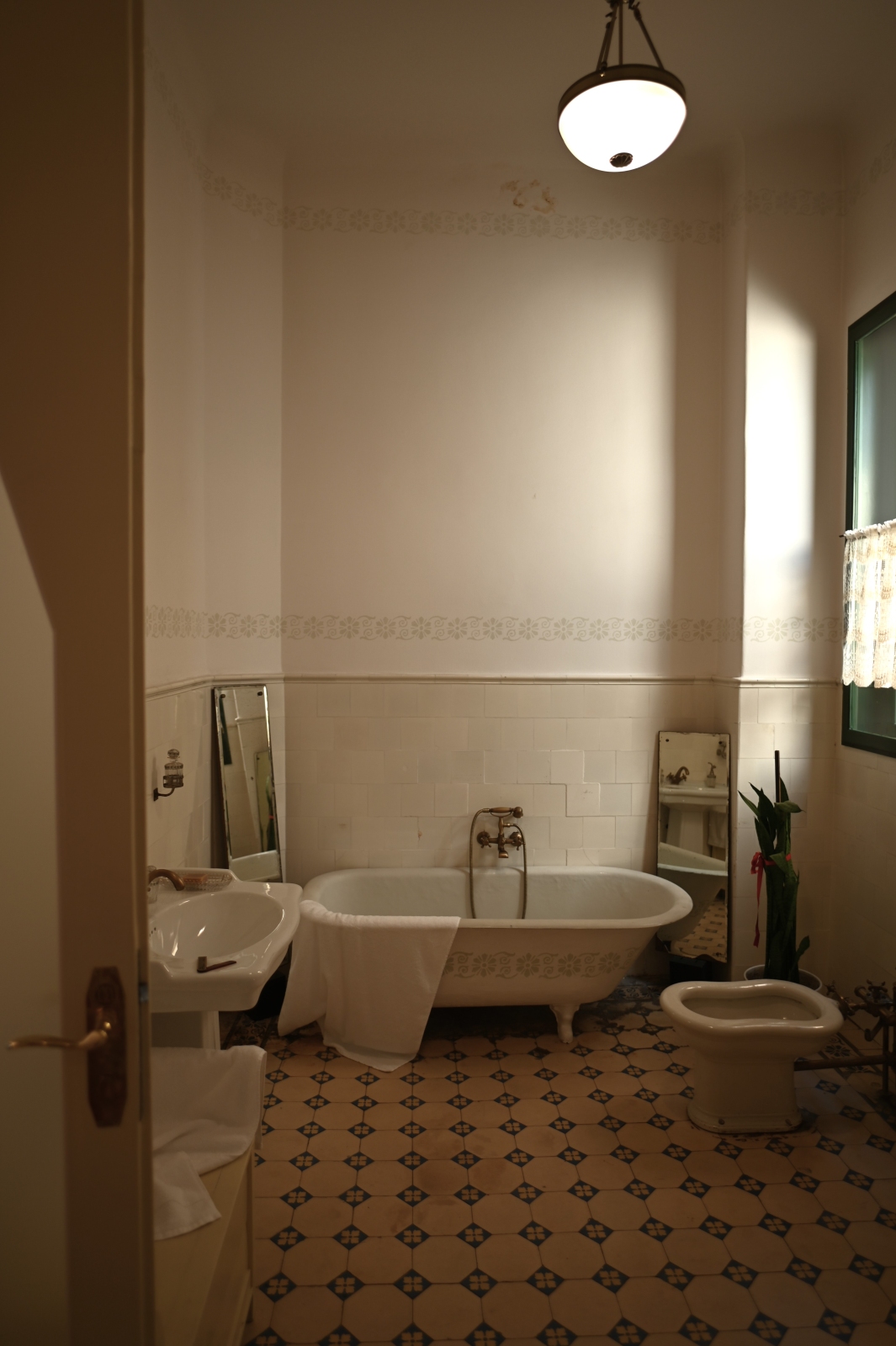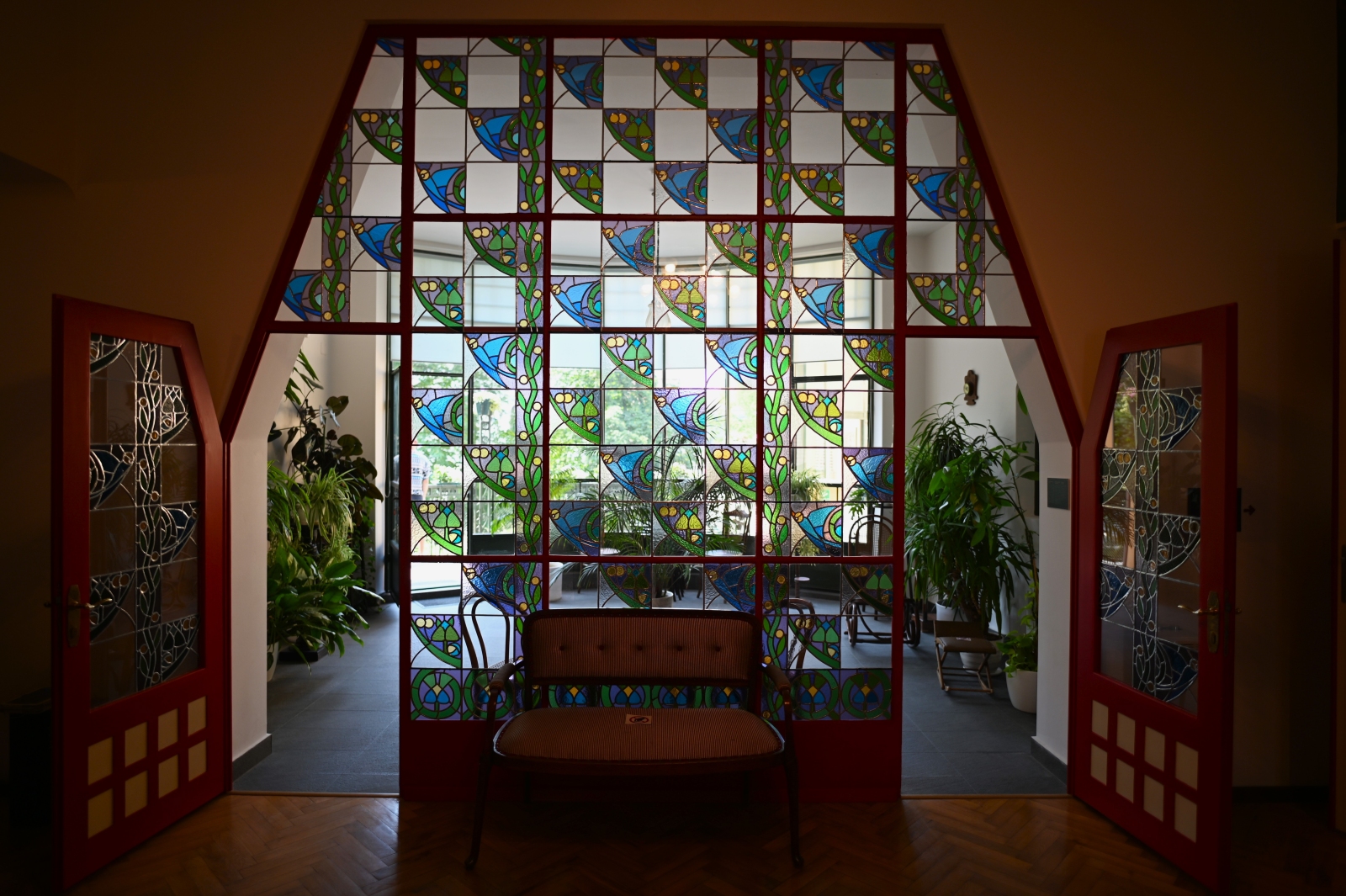
Projekt tervezési terület (en)
NewPalace
Study trip of the Doctoral School of Architecture, Design, and Technology in Oradea
Students of our PhD School participated in a study trip to Oradea from 5 to 8 June 2025. As that particular summer weekend coincided with local events around the World Art Nouveau Day. The programme of the study trip therefore included not only visits to various architectural and artistic monuments, but also a scientific lecture and an exchange of professional experience.
Oradea Heritage, a branch of the local municipality of Oradea, a partner institution of Oradea County, which is responsible for five tourist sites of a museum nature, joined the World Art Nouveau Day initiative in mid-2010. Since then, events have always taken place on a weekend around 10 June, to mark this symbolic date, the anniversary of the deaths (in chronological order) of Ödön Lechner (1914) and Antoni Gaudí (1918). The occasion is Oradea's position at the outset and its vocation to address this situation. The situation can be described as follows: between 1899 and 1914, the city was the scene of a building activity that characterised a wide range of changing ideological, decorative, functional and technical contexts of proto-modern architecture.
Oradea was home to all the contemporary stylistic movements of the Art Nouveau movement, incorporating Hungarian national stylistic aspirations, Nordic national romanticism, Viennese functional design, English and German urbanism, the organic plasticity of Belgian Art Nouveau and the modern vernacular approach of the so called 'Fiatalok' group. The associated building stock is extremely rich. Imre Darvas's villa, the Black Eagle Palace, the Markovits-Mathézer House and the former National Gendarmerie School are some of the finest examples of the genre. Many of these buildings have undergone general or partial rehabilitation, and the city has made considerable efforts to include them in the international cultural tourism circuit. Teachers and students were able to visit the buildings in detail, courtesy of the Oradea partner. In addition, the Neolog (Zion) Synagogue, which bears many signs of historicist technicism, and the former King László Masonic Lodge were visited in many exhaustive visits.
These were intended to illustrate the architectural theoretic view that good buildings do not necessarily derive from theories, but from practical needs which then provide an opportunity to illustrate the elements of knowledge that can only be acquired by means of theory. At the same time, the suspicion arises whether the elements of the Eagle Palace that convey Hungarian identity, or the practical needs that determined the construction of the Freemason lodge and were in line with the ritual order, were not formulated through the filter of an ideological position ? We were unable to say, but we had intense discussions about them. We were helped by Ákos Moravánszky, who was invited by Oradea Heritage to give a lecture in Oradea this weekend on the relationship between the rational and the folk art aspects of Hungarian Art Nouveau. During some of the building tours he held with students of our doctoral school and shared with us several of his insights and critical comments.
From student reports:
"In the case of Oradea, what became clear to us was how contemporary, point-like architectural interventions (Darvas House, Black Eagle Palace), characterful and typically private, had an impact on their immediate surroundings and shaped the overall image of the municipality. Public interventions (such as the Csendőriskola, but ultimately also the Black Eagle Palace) have made visible changes on an urban scale. And in the case of the sacral buildings of the Jewish communities in Oradea, we could observe their special spatial organizing effect."
"The former gendarmerie school complex designed by József Vágó is now home to the University of Oradea. Despite the military character of the original function, the environmental design of the complex, with the right proportion of buildings, courtyards and green spaces, has created a living, human-scale educational environment. The buildings we have seen are a good example of how a historic building can be revitalised with a contemporary function that differs from the original."
Photos: Balázs Váradi, Emese Juhász, Deodáth Zuh
